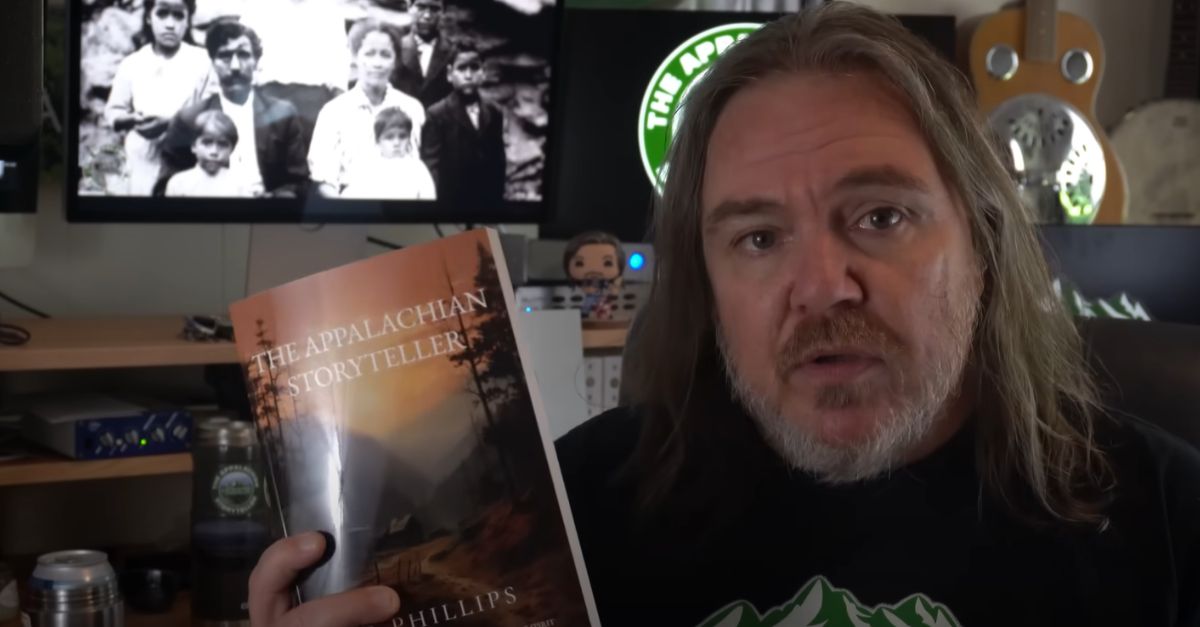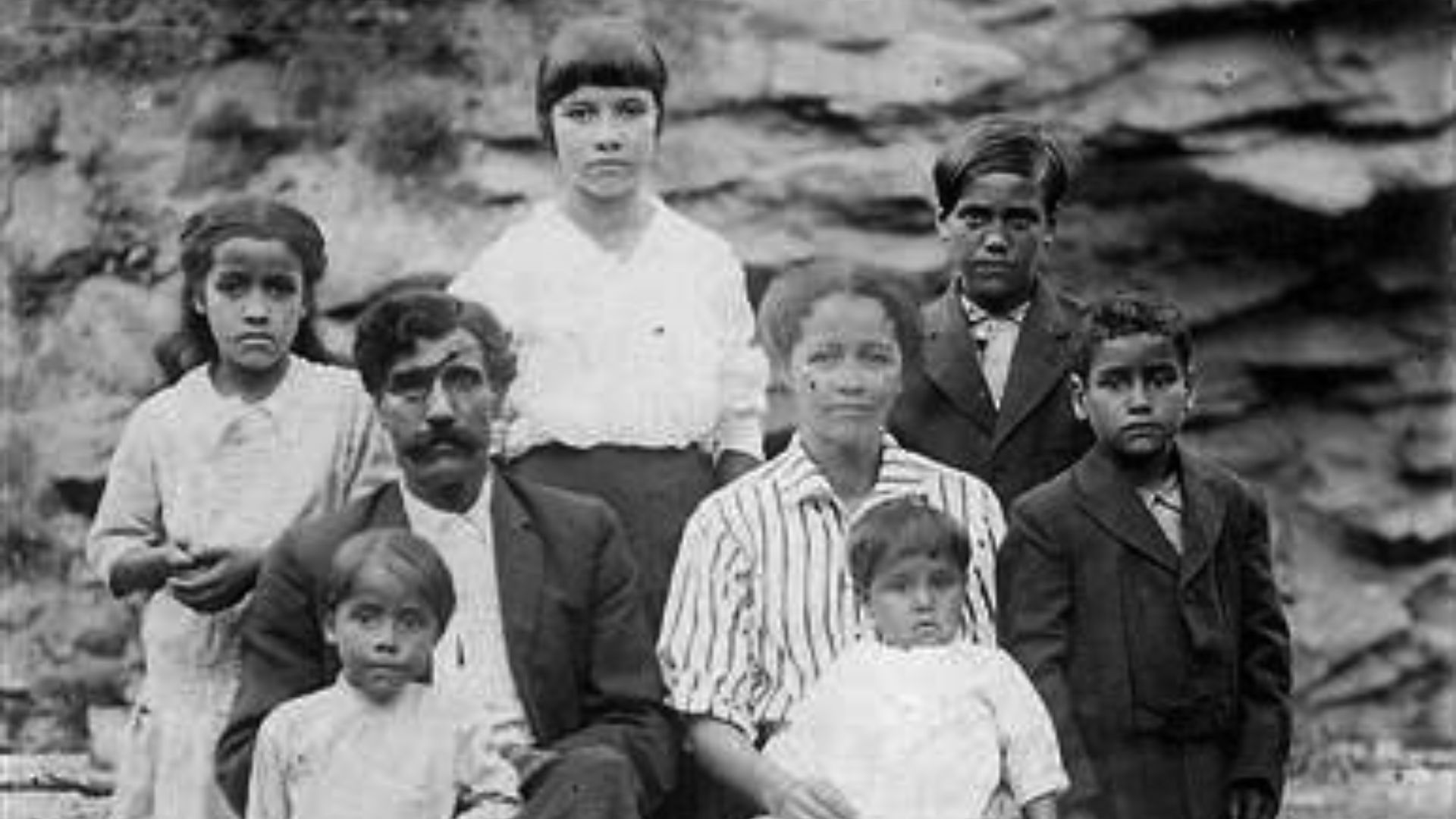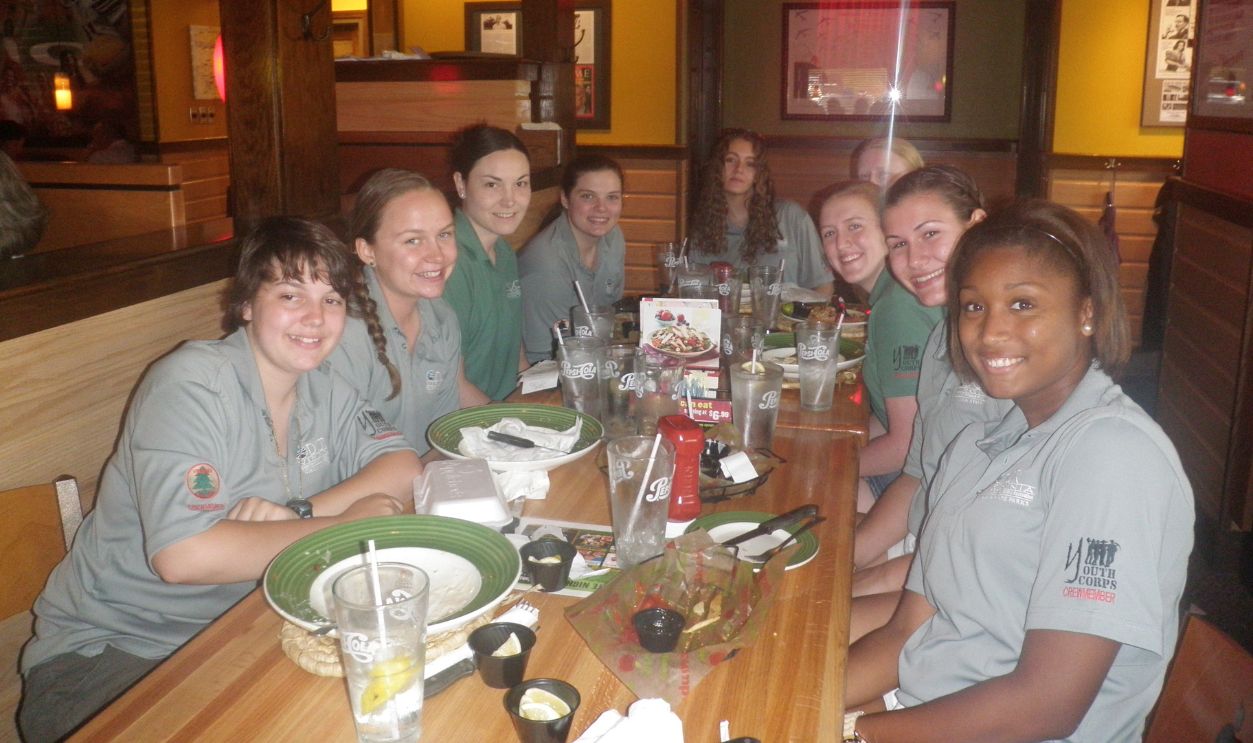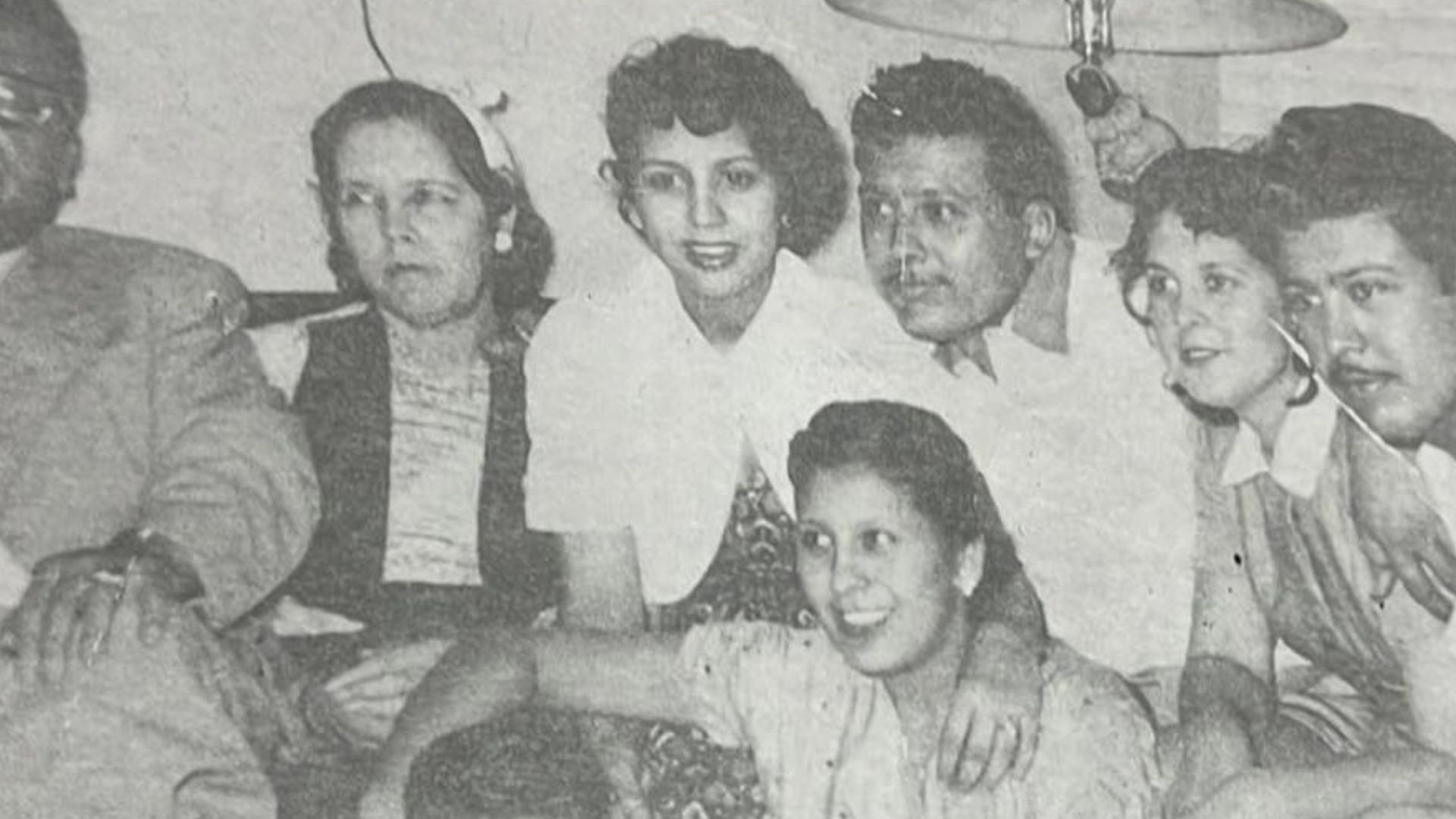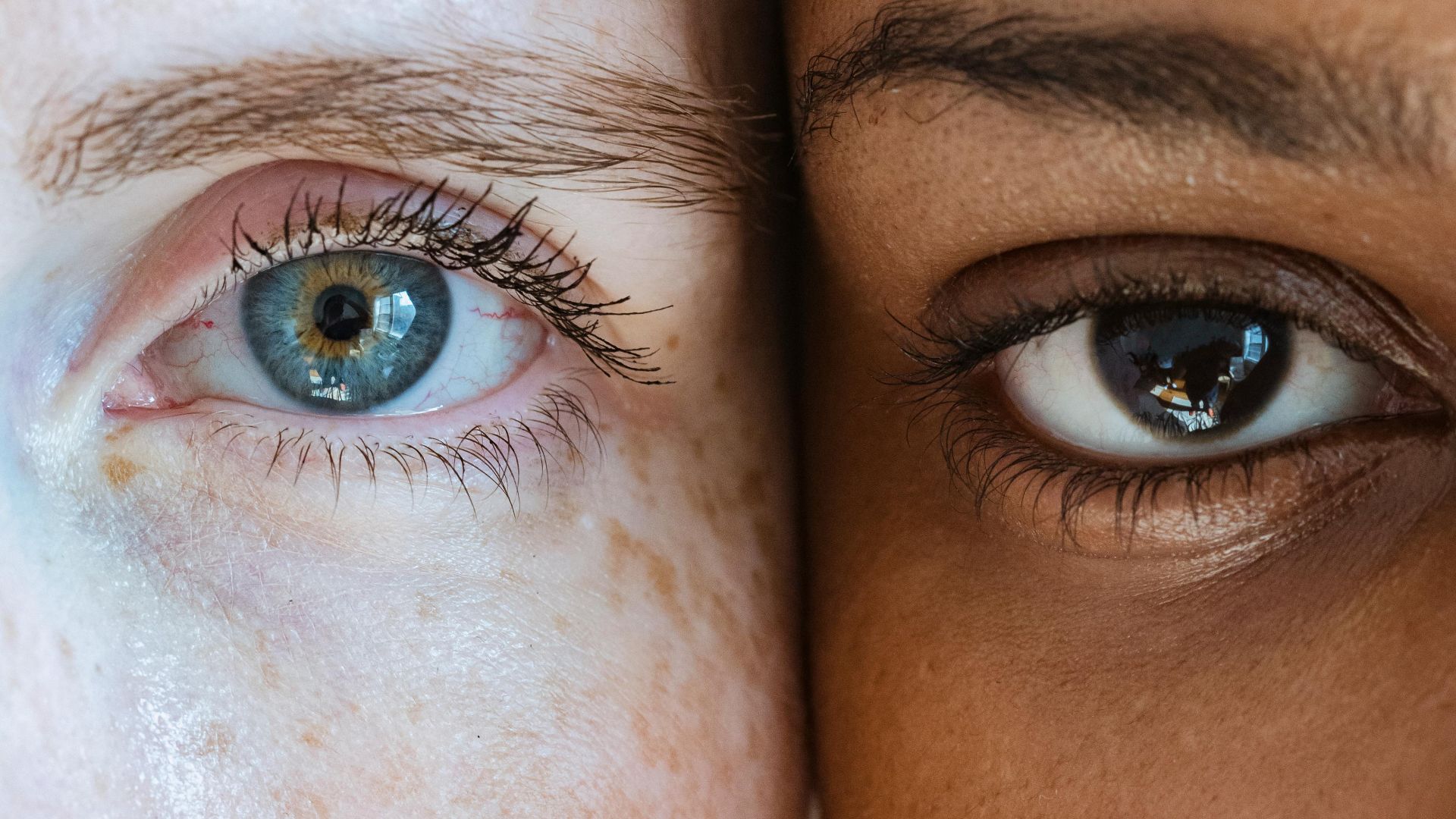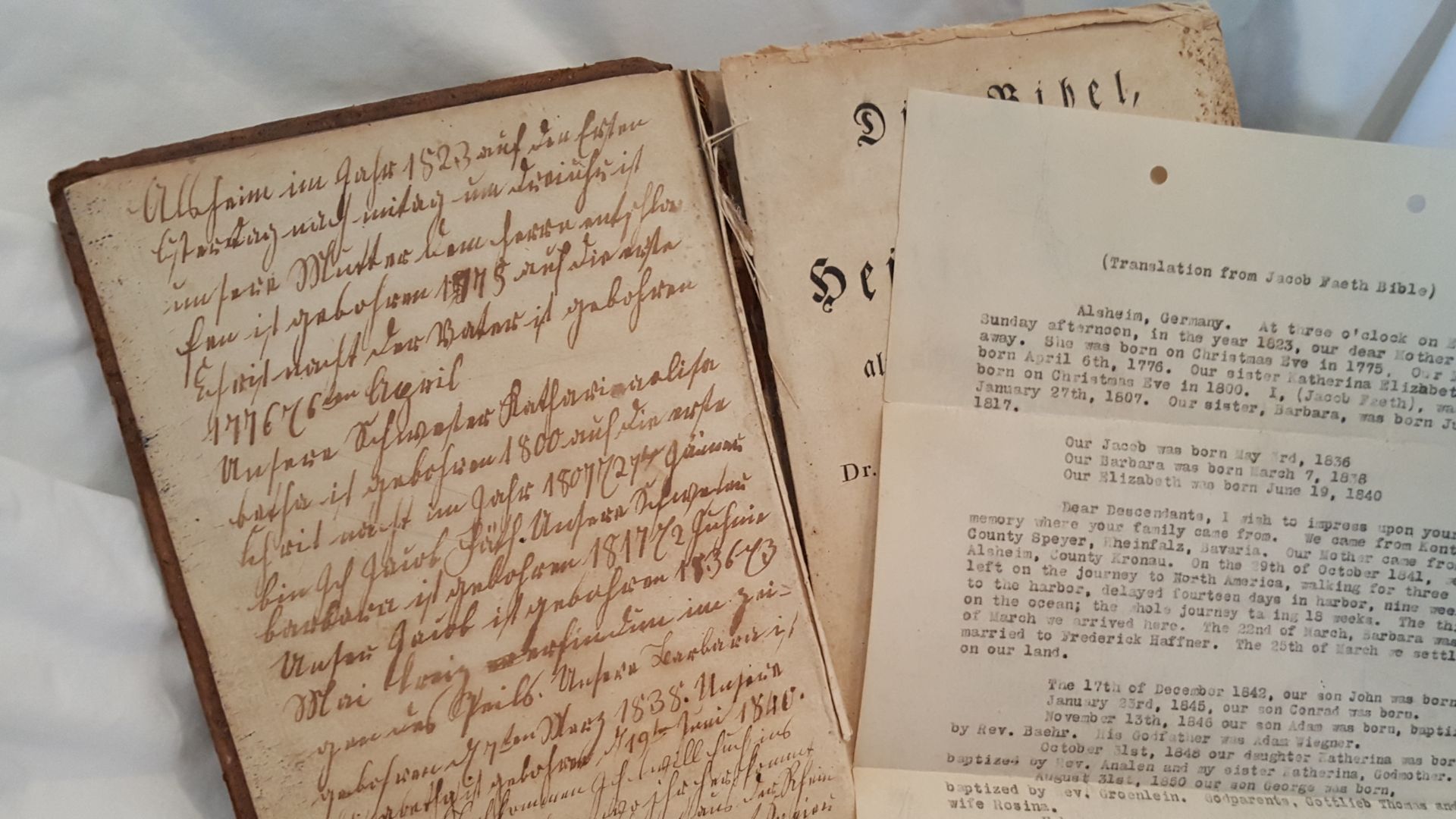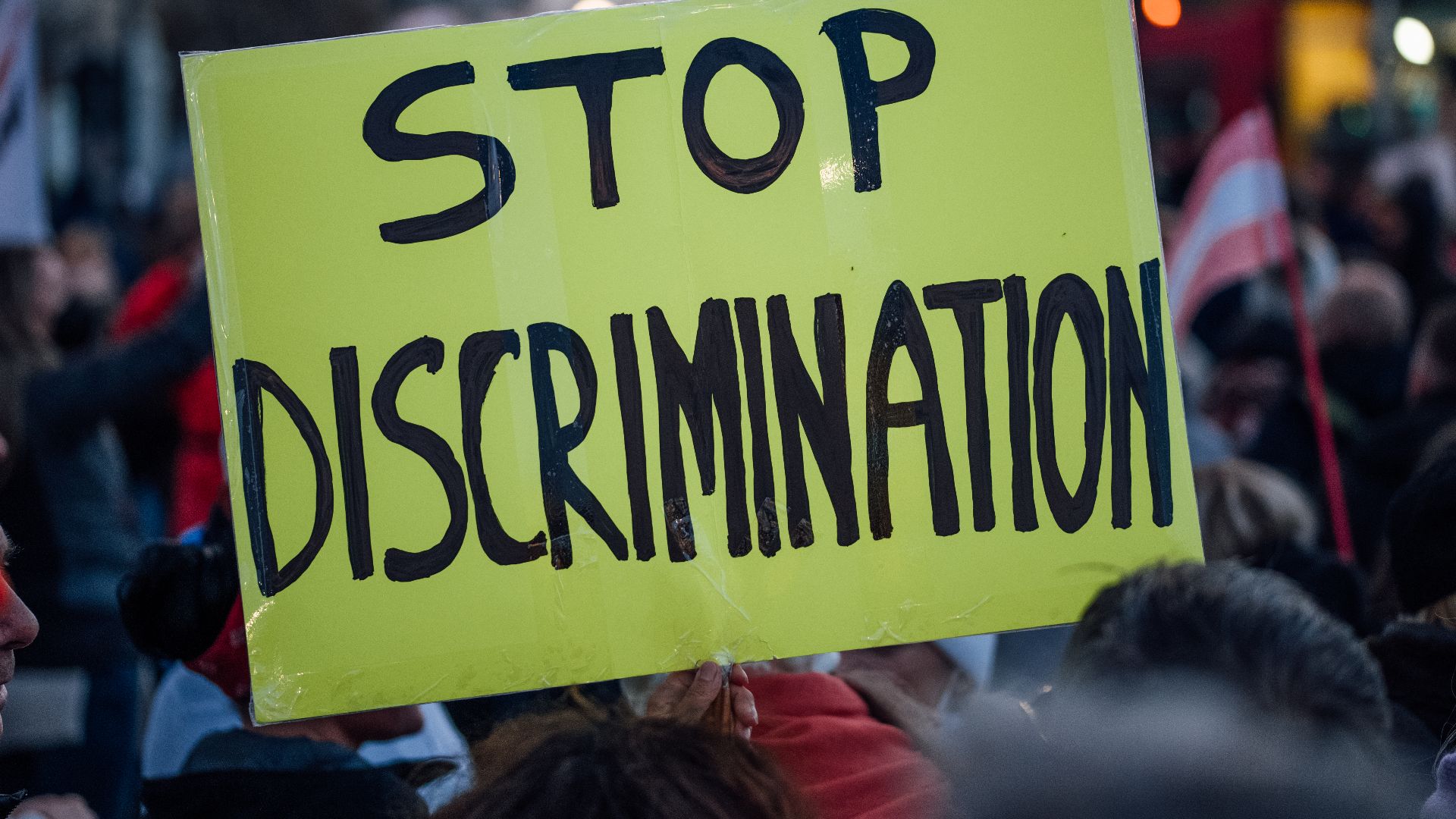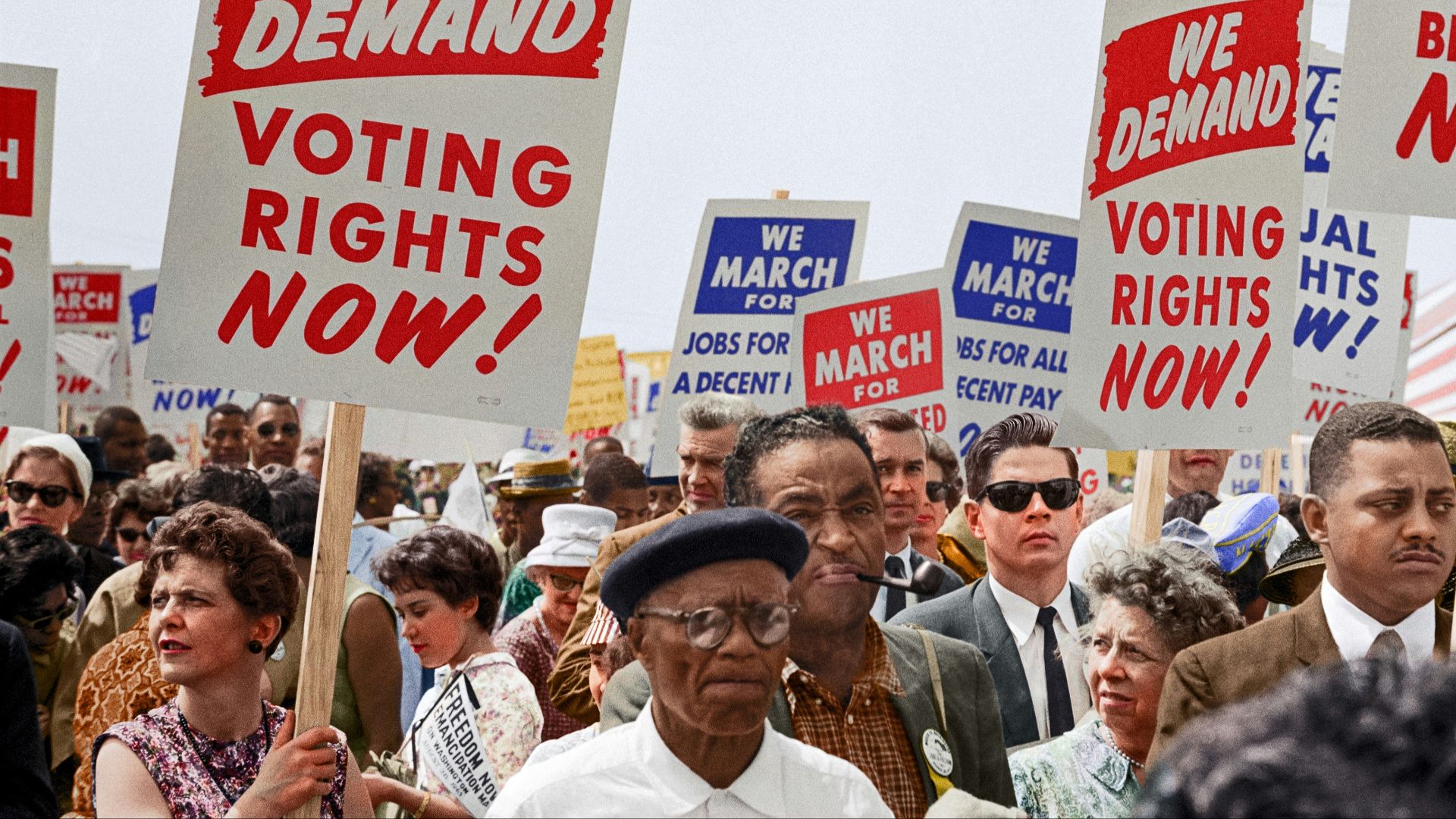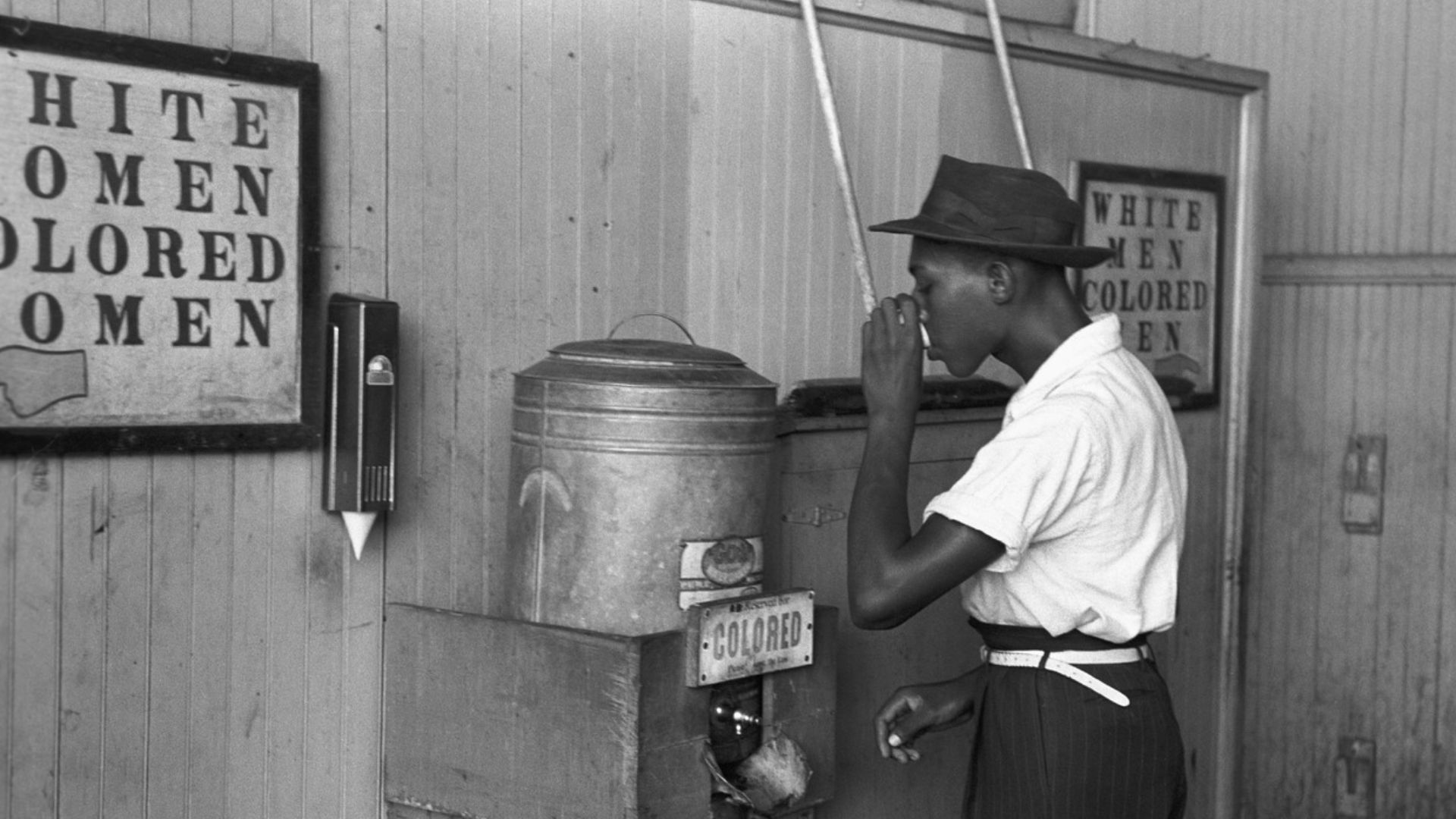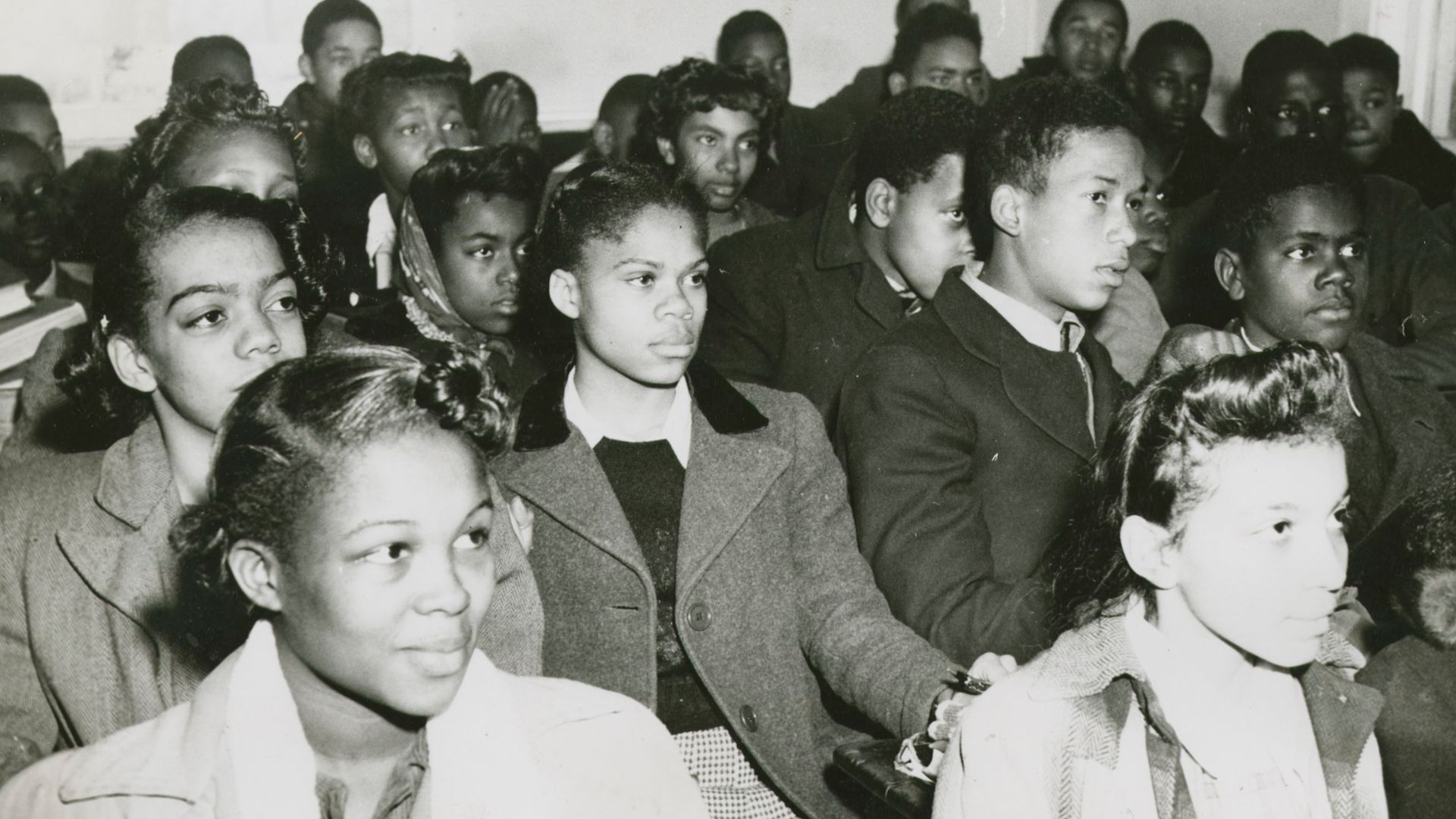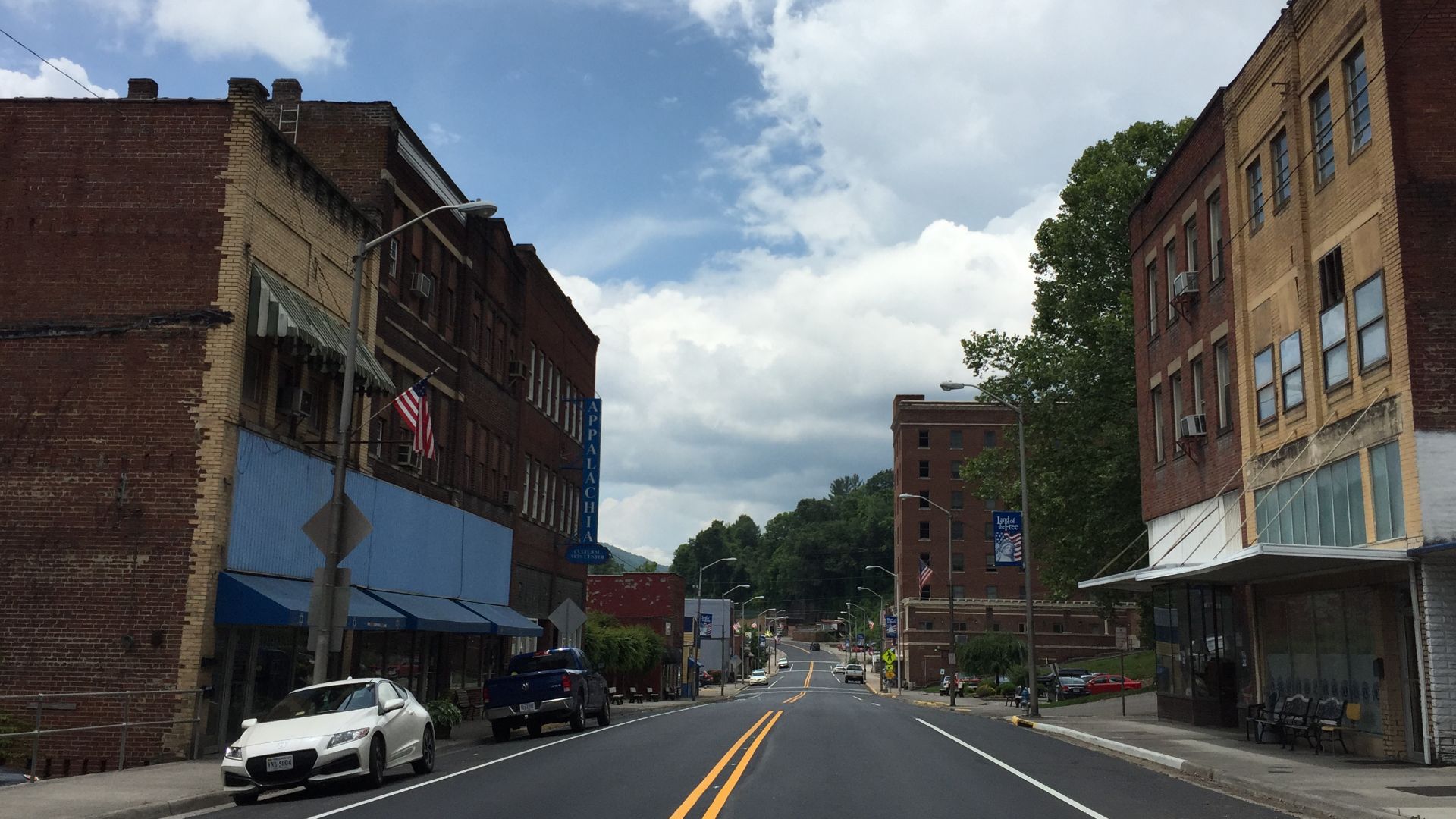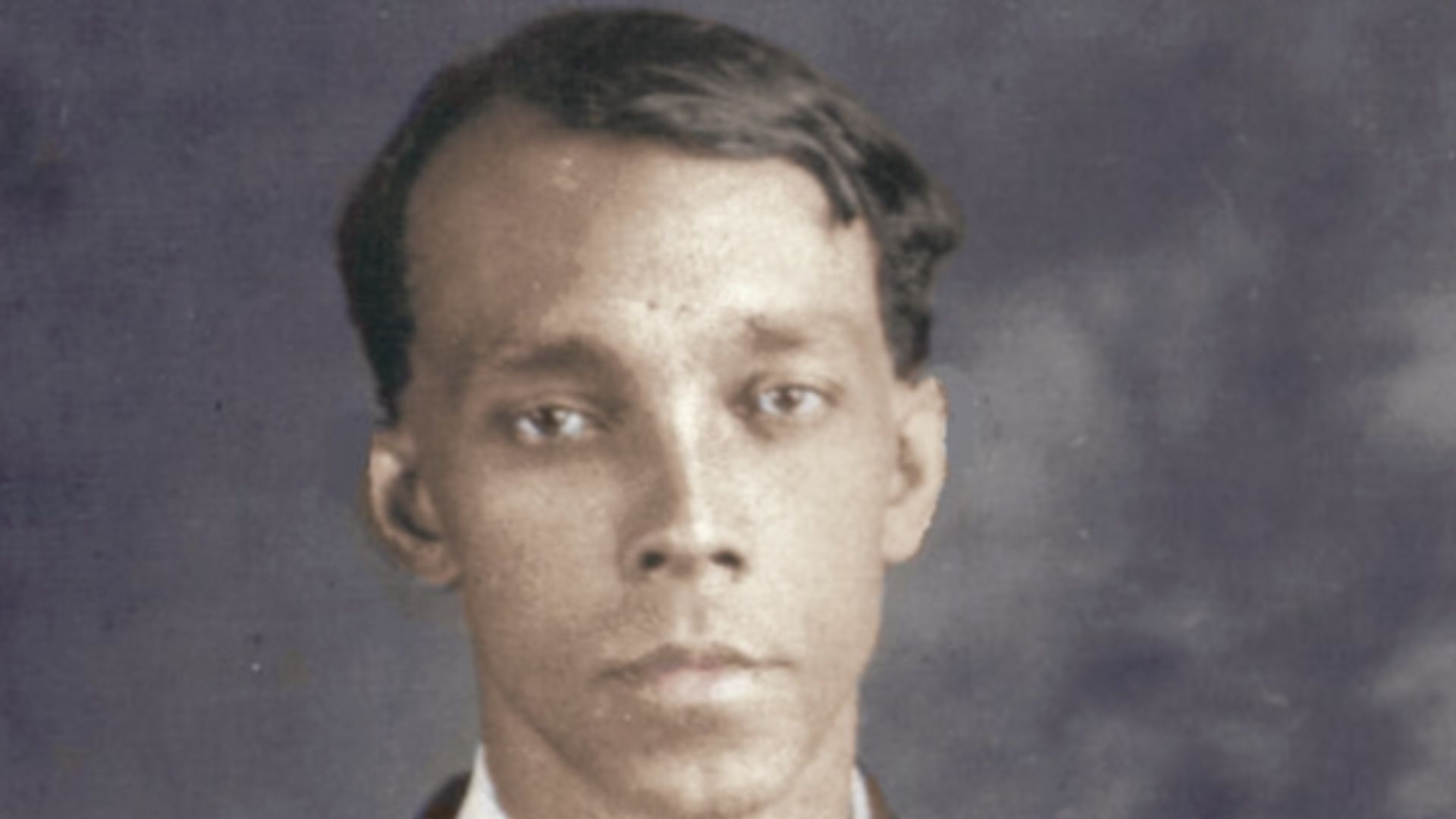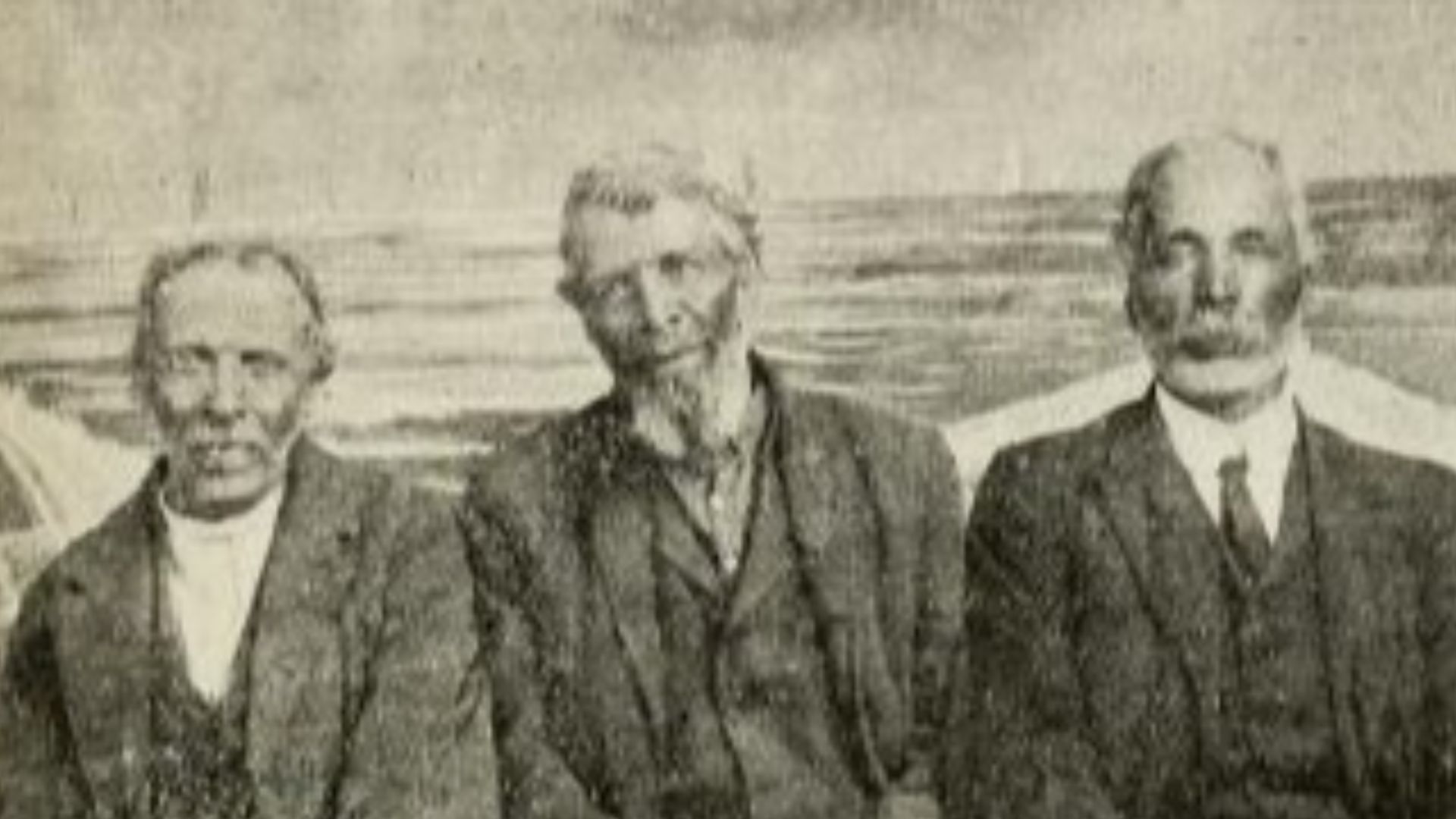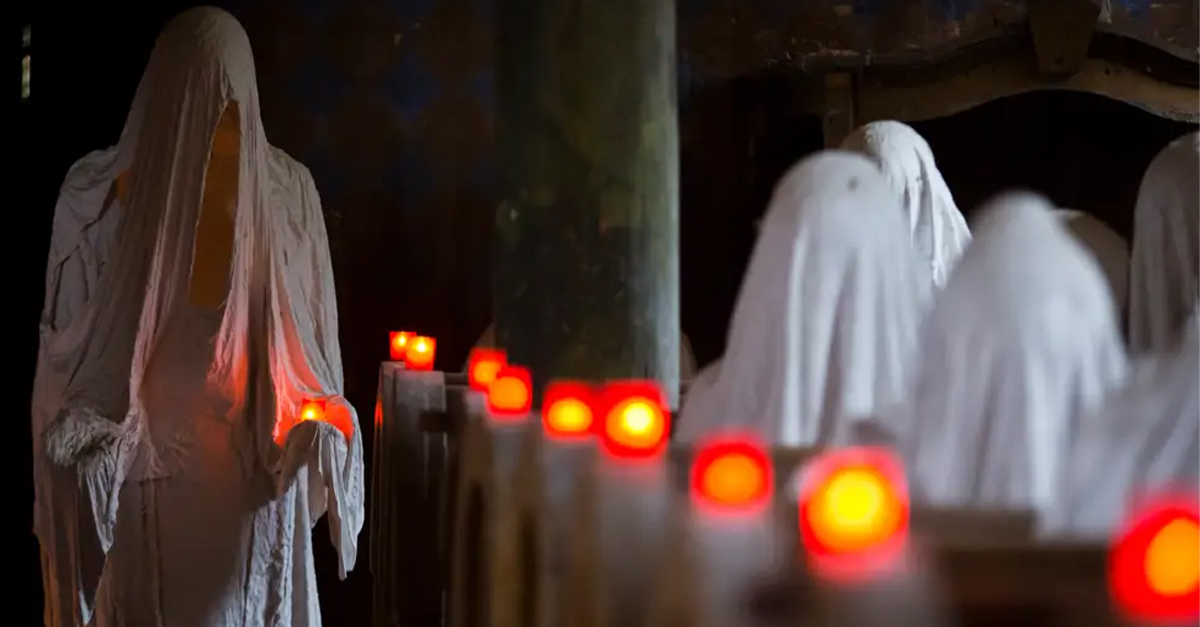America’s Tri-Racial Enigma Lives On
For centuries, the Melungeons remained a riddle in the hills of Appalachia, neither Black, white, nor Native, yet labeled all three. Historians guessed. But the truth? It runs deeper than any census could capture.
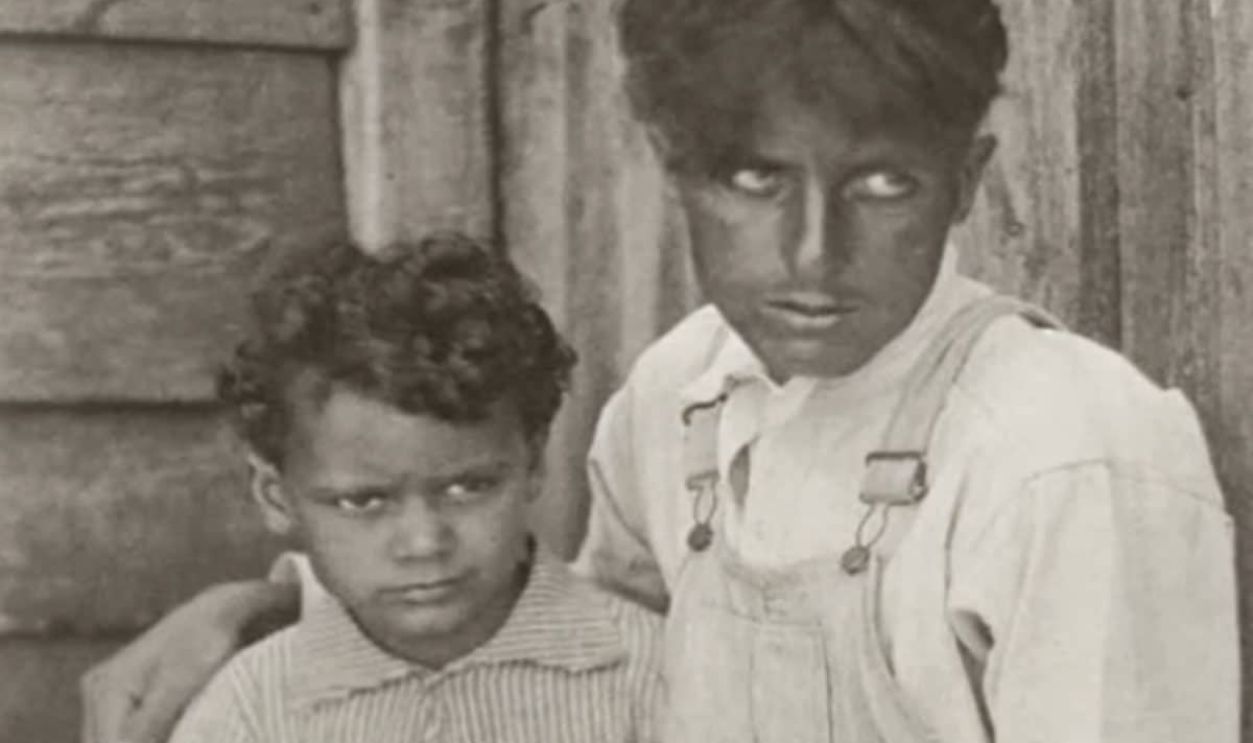
A Name Wrapped In Mystery
Long before DNA kits, whispers about a shadowy, mixed-heritage group in Appalachia had already taken root. The Melungeons were said to be neither white nor Black but something in between. Outsiders didn't know what to make of them, yet through oral history and family memory, their story endured.
Why One Story Still Fascinates Historians And Locals
For scholars and storytellers, the Melungeons offer a rare intersection of mystery and forgotten resilience. Locals across Appalachia still trade stories about "those people up on the ridge," blending rumor with fact. Meanwhile, historians pore over census records and land deeds to piece together a lineage many tried to erase.
A Community Hidden In Plain Sight Across Appalachia
Unlike vanished tribes, they never truly disappeared. They lived beside white settlers, married into their families, worked the same land, and raised their children in view of the towns below. Communities in Hancock County, Tennessee, and the hills of southwestern Virginia became quiet enclaves where traditions persisted without explanation.
Separating Fact From Folklore
Tales of swarthy pirates, Turkish soldiers, Spanish colonists, or descendants of lost Israelites are just a few of the origin myths that have colored Melungeon lore. But the truth is more complex. Many of the most enduring legends were born from the refusal to accept racial mixing in early America.
The First Written Mentions
The earliest concrete traces came from courtrooms. In 1813, a legal record in Scott County, Virginia, referred to individuals labeled "Melungins," sparking confusion over their status. Were they free? Were they Black? These early references led modern researchers deeper into their story.
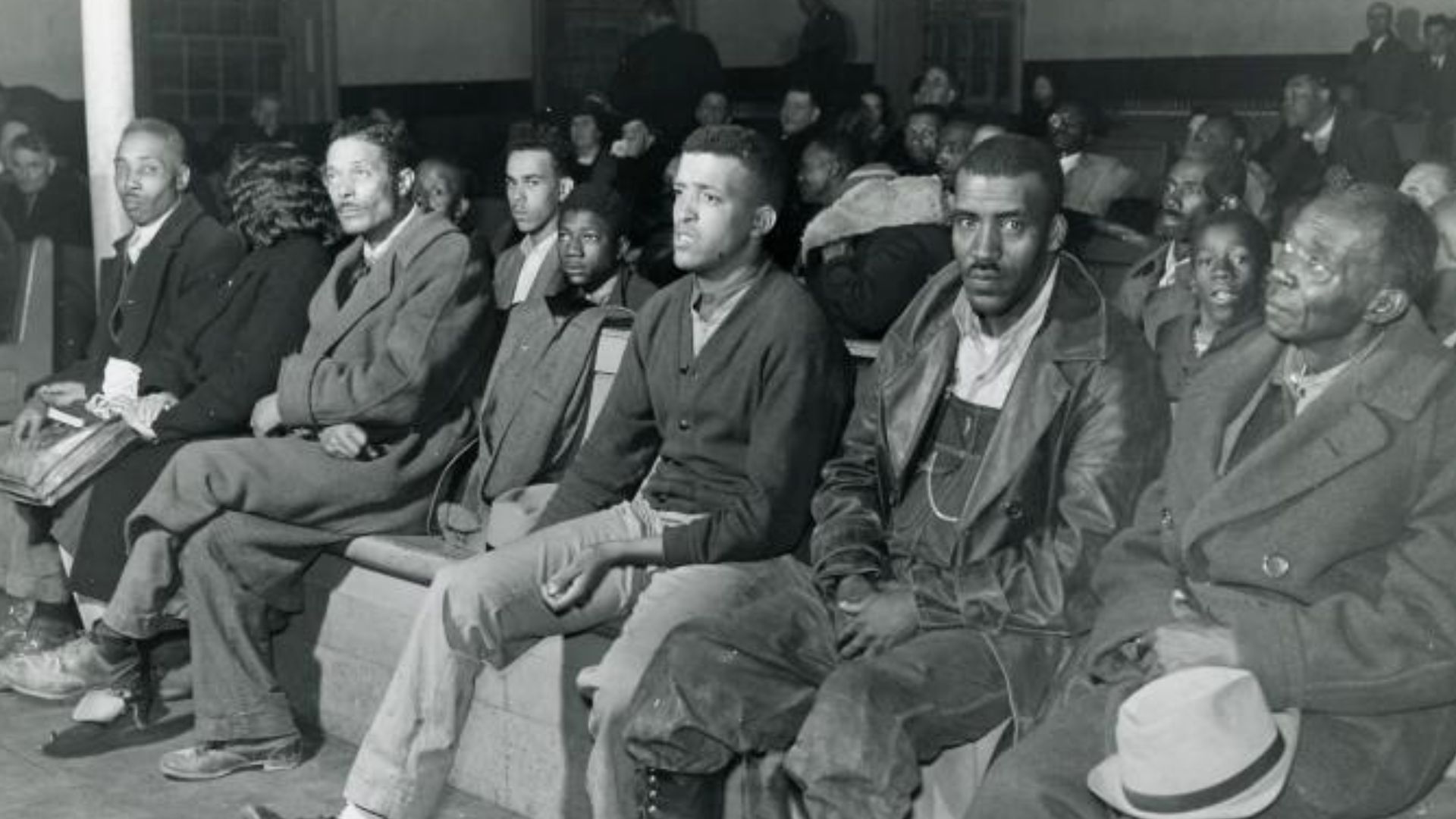 Marion Post Wolcott, Wikimedia Commons
Marion Post Wolcott, Wikimedia Commons
Why The Appalachians Became Their Chosen Refuge
Mountain isolation was protection. These people are found in Appalachia in a rugged sanctuary away from prying eyes and harsh laws. As settlers pushed westward and racial lines hardened in the lowlands, these hills offered a space to exist. Families built homesteads and raised children with fewer questions asked.
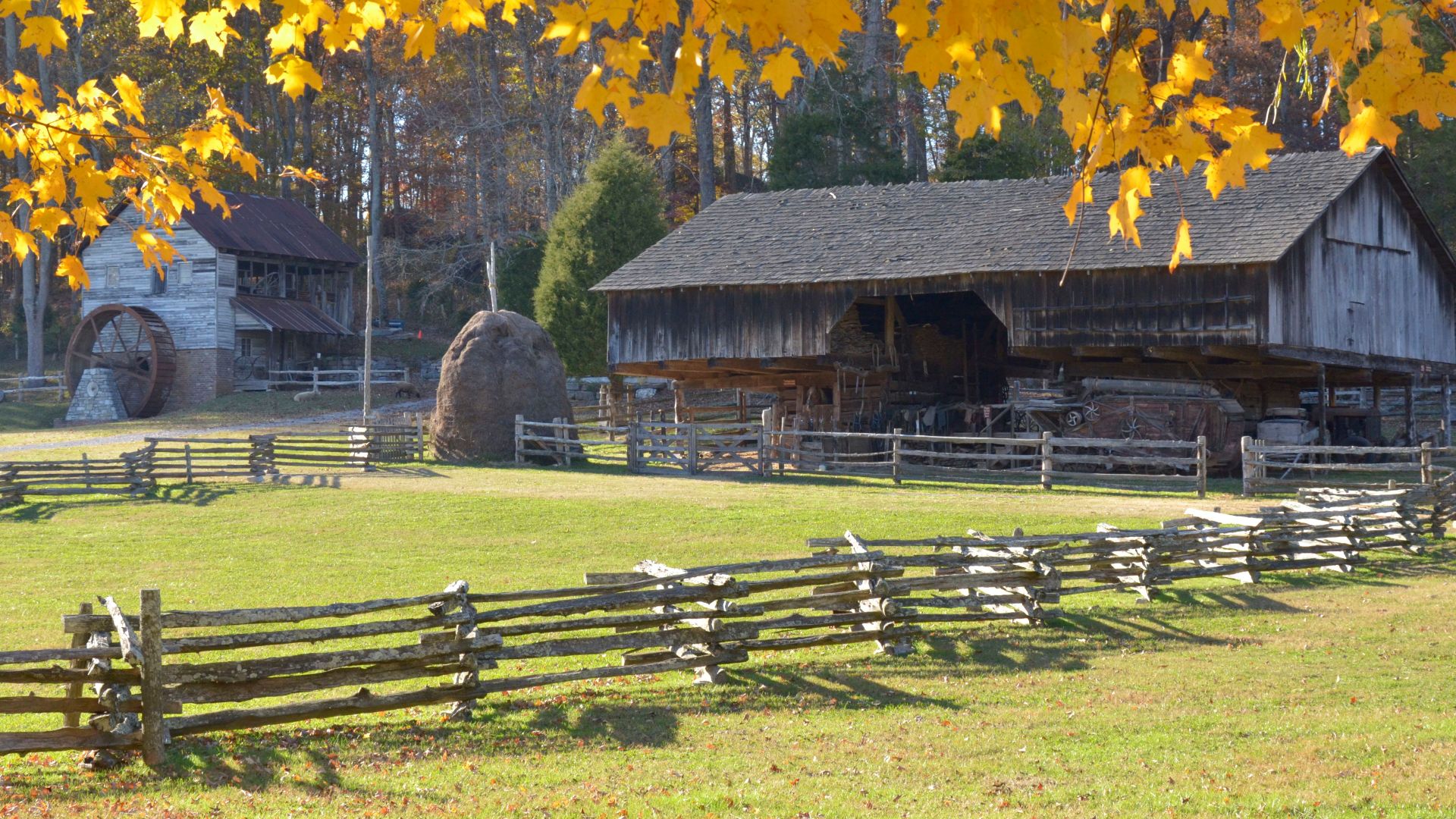 Willmeyer1020, Wikimedia Commons
Willmeyer1020, Wikimedia Commons
Are They The Descendants Of Roanoke's Lost Colonists?
Some connect Melungeons to the Lost Colony of Roanoke because of shared features: light eyes, unusual surnames, and coastal migration trails. According to this idea, survivors of Roanoke assimilated with Native tribes, later migrating inland and blending into Appalachian communities.
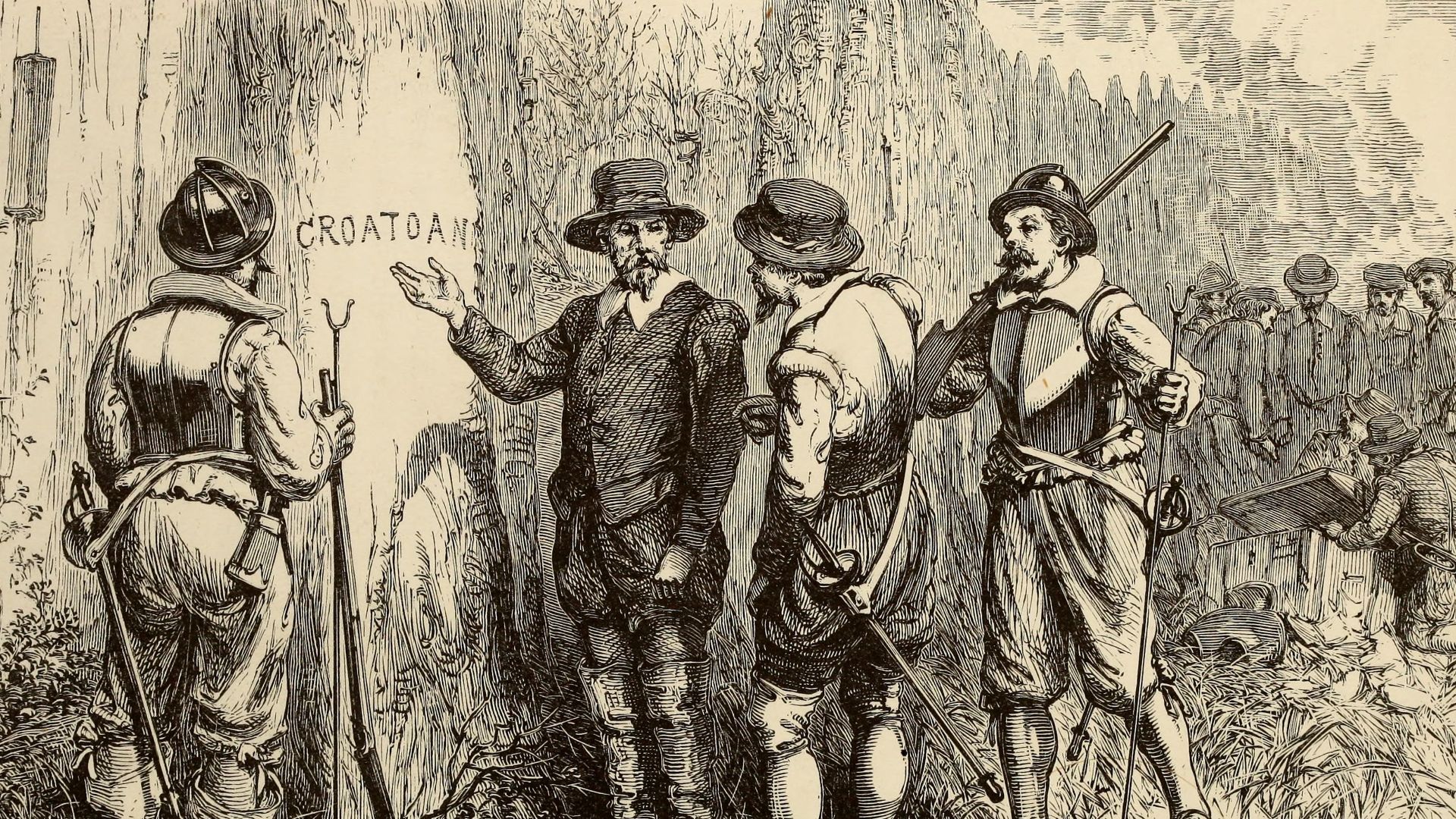 Design by William Ludwell Sheppard, Engraving by William James Linton, Wikimedia Commons
Design by William Ludwell Sheppard, Engraving by William James Linton, Wikimedia Commons
The Portuguese Sailor Theory
Another centuries-old rumor tells of shipwrecked Portuguese sailors who wandered inland and married Indigenous women. Early families even claimed Portuguese ancestry, possibly to avoid the harsh racial classifications of the day. "Portuguese" was exotic enough to explain dark features but still European enough to avoid legal consequences.
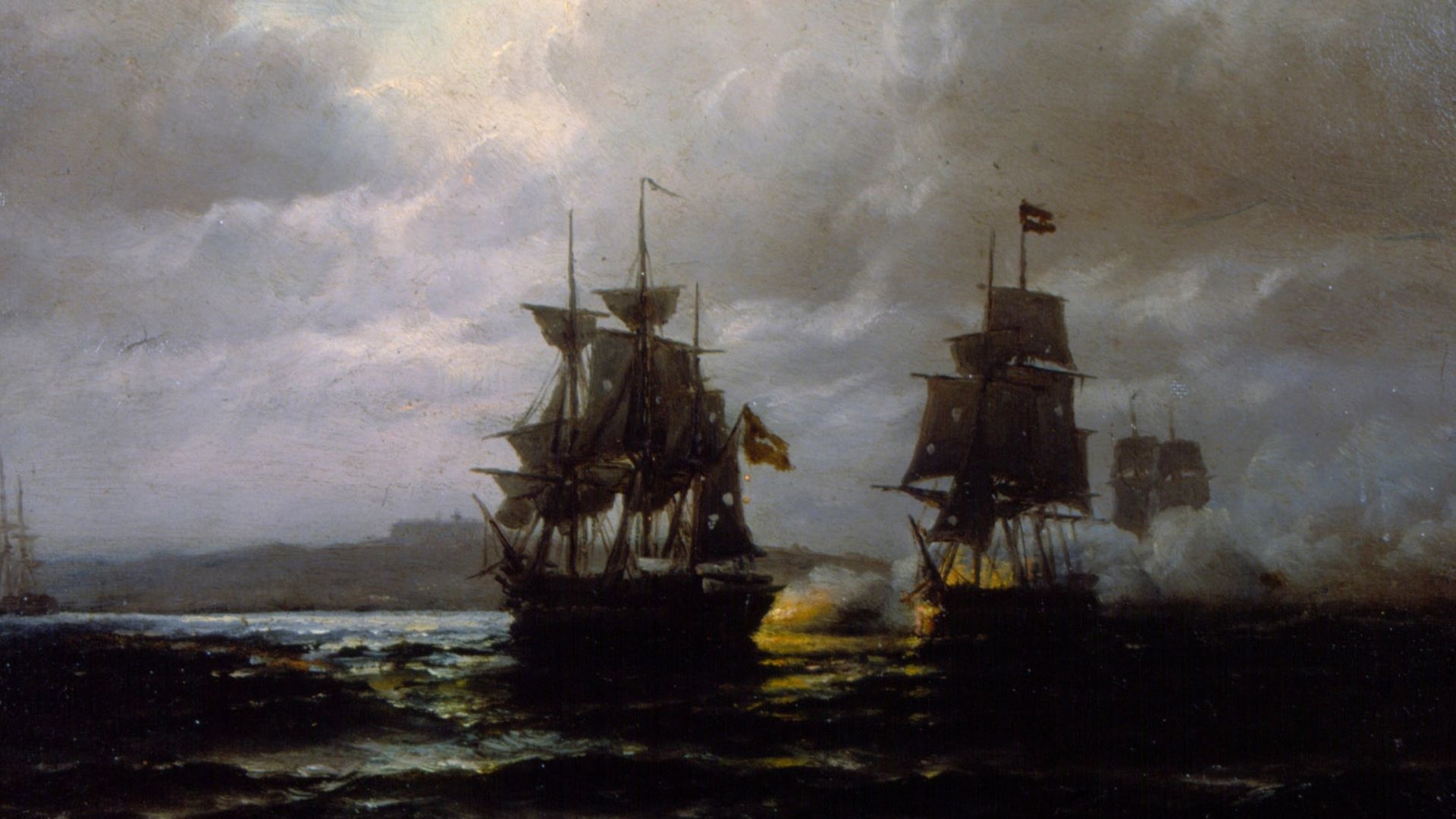 Eduardo De Martino, Wikimedia Commons
Eduardo De Martino, Wikimedia Commons
Claims Of Ottoman Descent:
That's not the only curious hypothesis. Some suggest Melungeons descended from Ottoman Turks who were brought to the New World as servants or prisoners. This idea gained traction in the late 20th century due to similarities in skin tone and facial features. However, documentation supporting Turkish or Moorish origin is sparse.
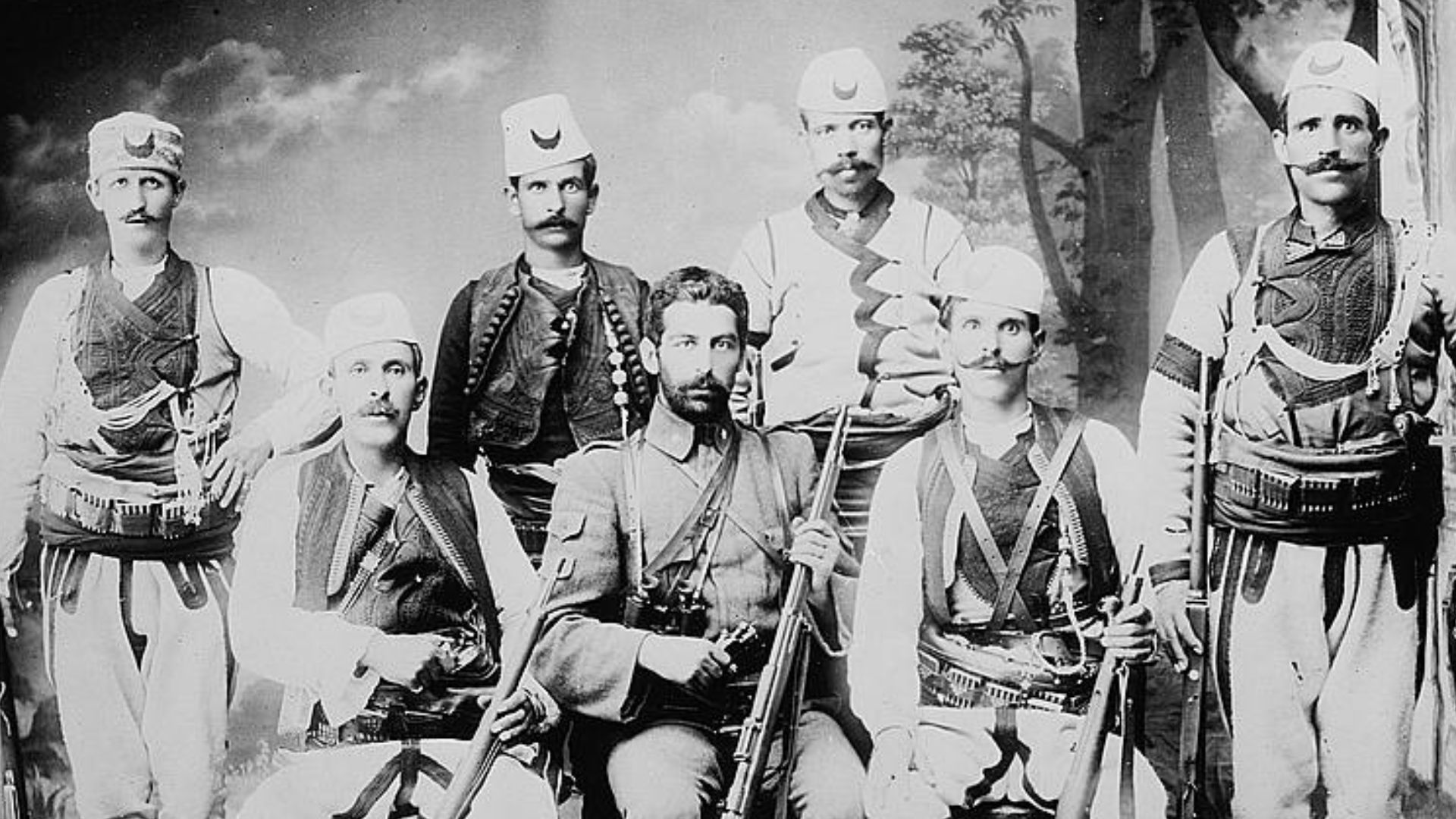 The Library of Congress, Wikimedia Commons
The Library of Congress, Wikimedia Commons
Indigenous Roots In The Mix?
While European and African ancestry claims often dominate the discussion, Native American heritage is an undeniable thread. Many family histories intersect with the Cherokee and Powhatan nations, especially in Virginia and North Carolina. Oral traditions mention intermarriage and joint resistance against colonists. Yet, even here, acknowledgment has been slow.
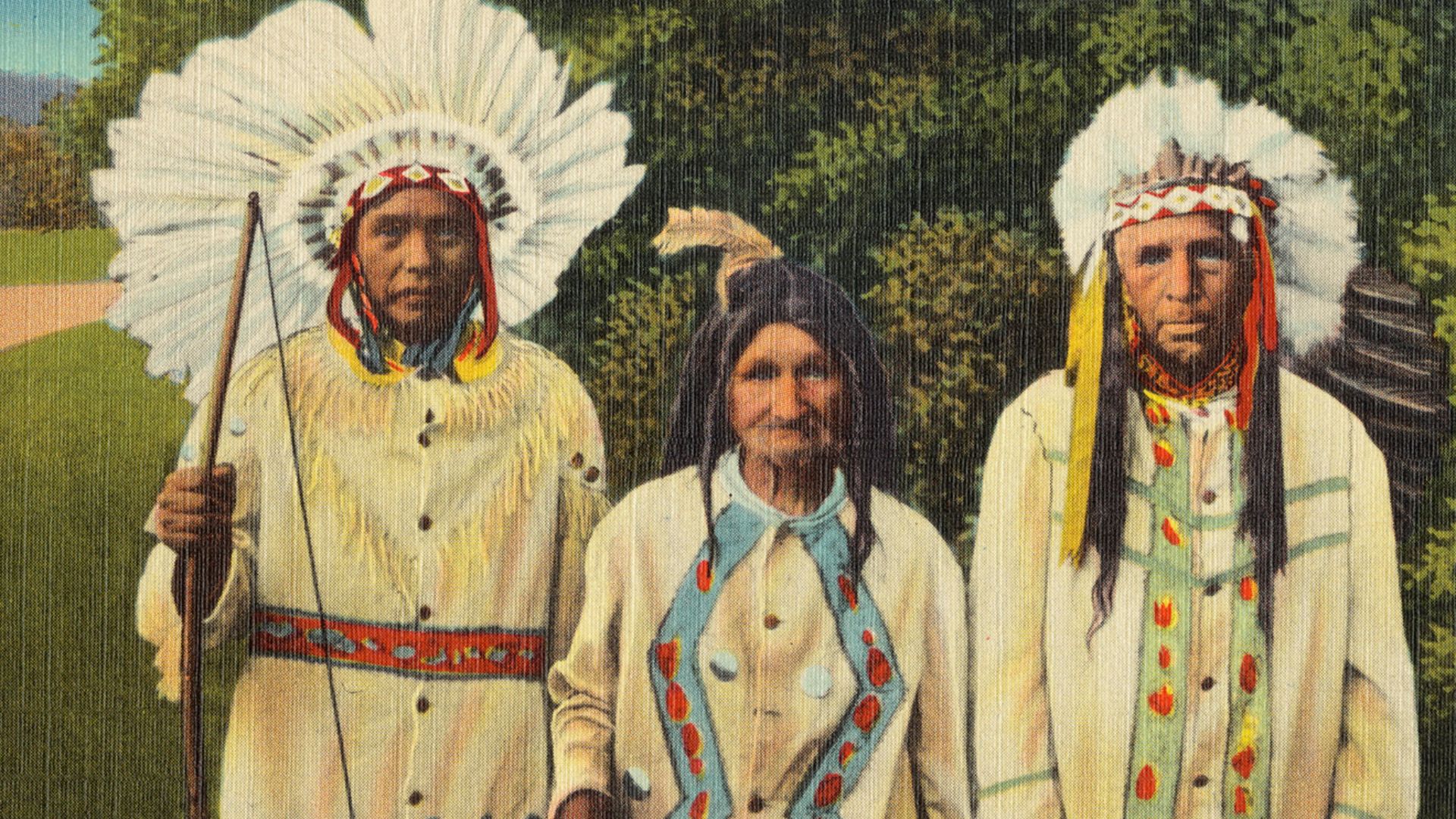 Boston Public Library, Wikimedia Commons
Boston Public Library, Wikimedia Commons
A Mysterious Migration
Footprints across early Virginia and the Carolinas hint at the Melungeons' eastward beginnings. Over time, families moved inland, voluntarily or under duress, seeking spaces where questions were fewer. Newman's Ridge in Tennessee eventually became a center of gravity, a place where surnames like Collins, Goins, Moore, and Gibson became common.
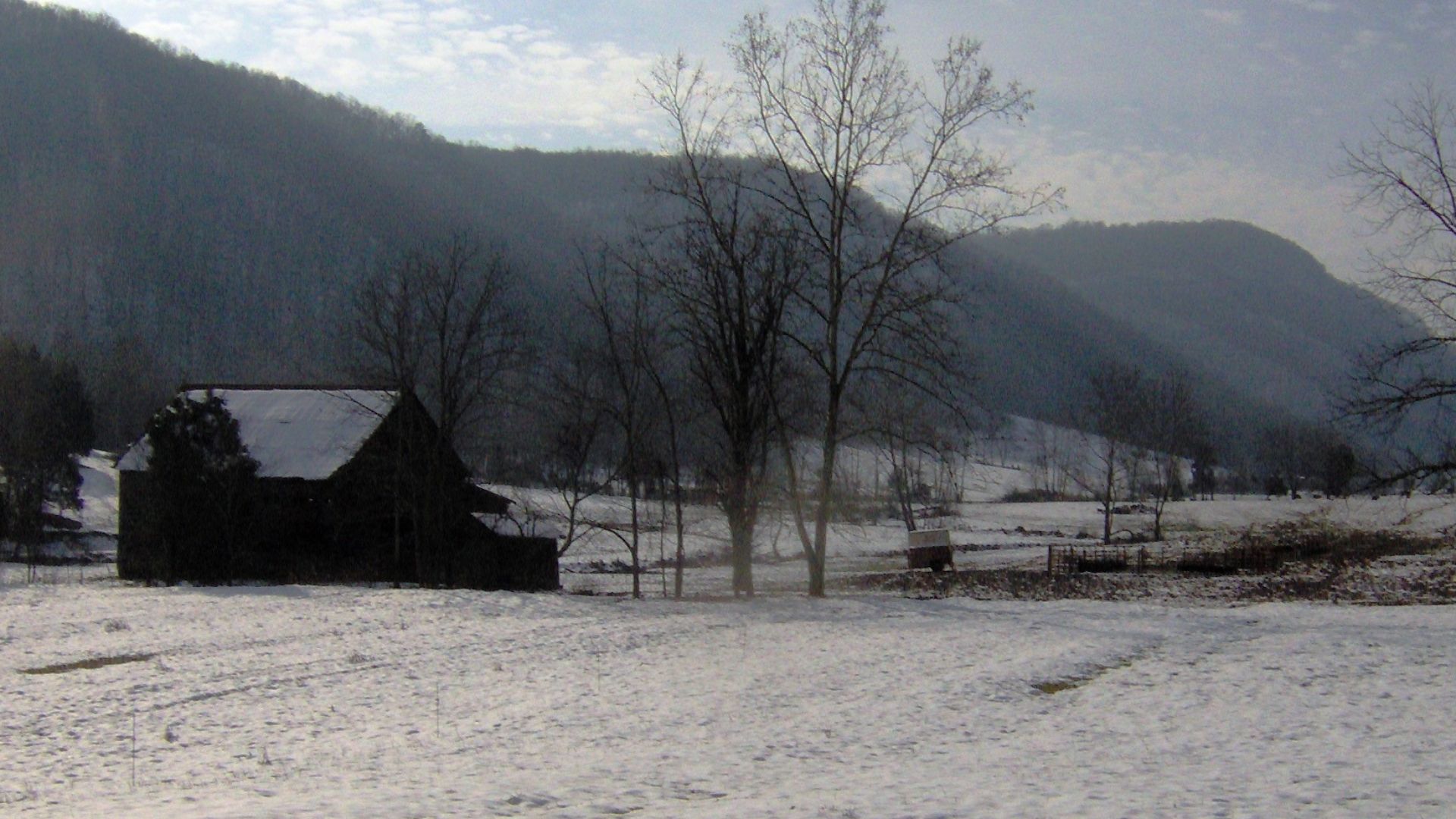 Brian Stansberry, Wikimedia Commons
Brian Stansberry, Wikimedia Commons
Tri-Racial Isolates
Historians coined the term "tri-racial isolate" to describe populations like the Melungeons: groups with African, European, and Native ancestry who lived apart from mainstream society. The term itself carries a coldness that strips away the humanity of lived experience. Melungeons were people exploring a world that refused to acknowledge their complexity.
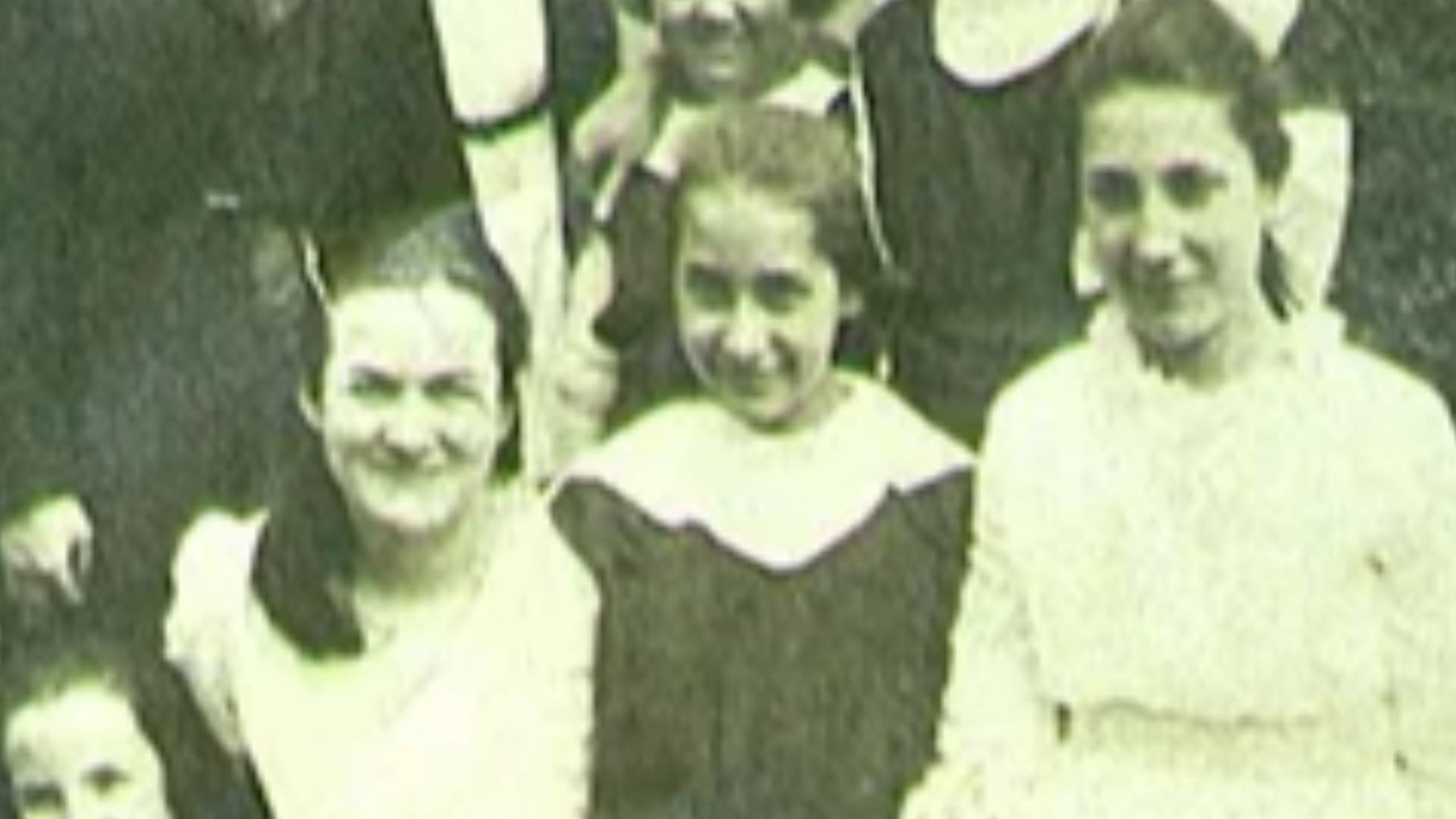 Special to the Citizen-Times (King College, TN), Wikimedia Commons
Special to the Citizen-Times (King College, TN), Wikimedia Commons
The Fluid Nature Of Racial Labels In Early America
In colonial America, racial identity was a legal status with profound consequences. Terms like "mulatto” and "free person of color" carried different meanings depending. For Melungeons, a family classified as "white" in one generation could find themselves redefined as "colored" in the next, simply due to politics or land disputes.
Color Lines In Conflict
On paper, racial categories were clear-cut. In life, they rarely held up. This group often confounded census takers and judges who needed tidy classifications. Families who looked white might be treated as Black if the local courthouse said so. These contradictions placed them in a constant state of legal uncertainty.
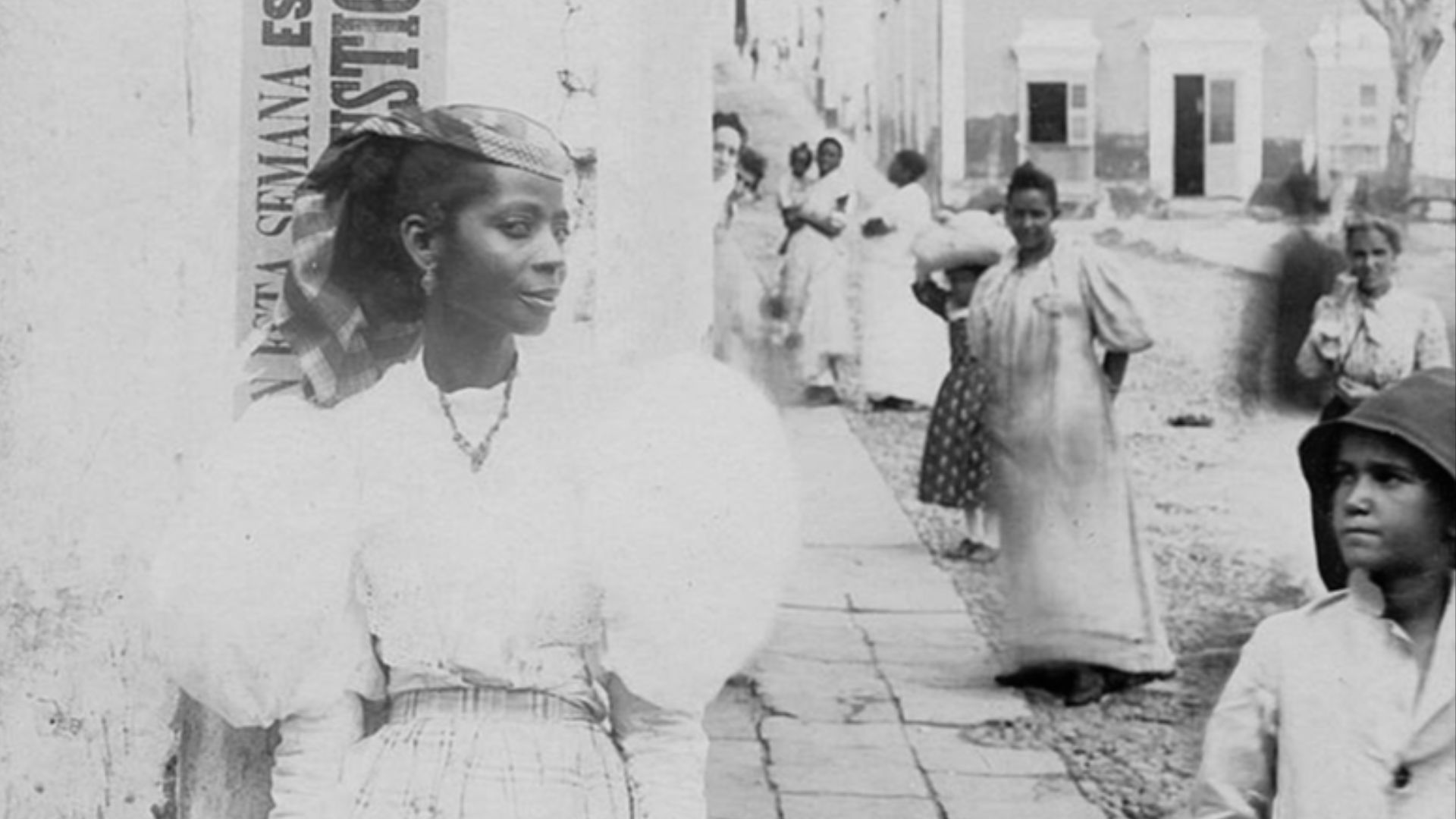 J. Murray Jordan, Philadelphia (1898), Wikimedia Commons
J. Murray Jordan, Philadelphia (1898), Wikimedia Commons
The Impact Of The 'One Drop Rule'
By the early 20th century, the "one drop rule" had hardened racial boundaries in the American South. A single known Black ancestor rendered an individual legally Black, regardless of appearance or community standing. For Melungeons, who often had complex and poorly documented ancestries, the consequences were severe.
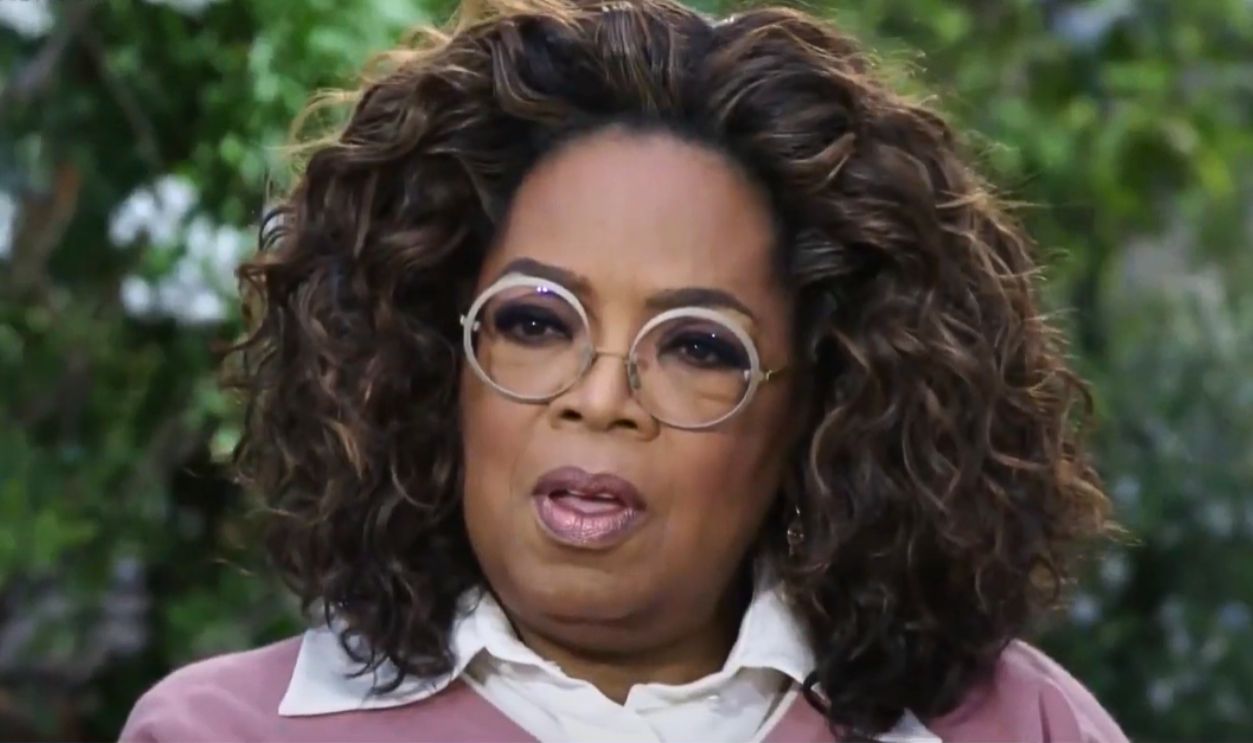 The history of the "one drop" rule and how it impacts Americans today by CBS News
The history of the "one drop" rule and how it impacts Americans today by CBS News
Not Black, Not White
Melungeons were too light-skinned to be accepted as Black, too "other" to be fully accepted as white. They often found themselves occupying a strange middle space, recognized but not embraced by either side. This social limbo influenced every aspect of daily life—from where they could worship to whom they could marry.
Family And Frontier Survival
In the secluded valleys of Appalachia, they farmed steep hillsides and leaned heavily on interdependence. Extended kin networks were essential, not just for survival but for protection. Marriage between cousins wasn't uncommon—less from tradition than necessity. Techniques for crop rotation and herbal medicine were passed down orally and refined by experience.
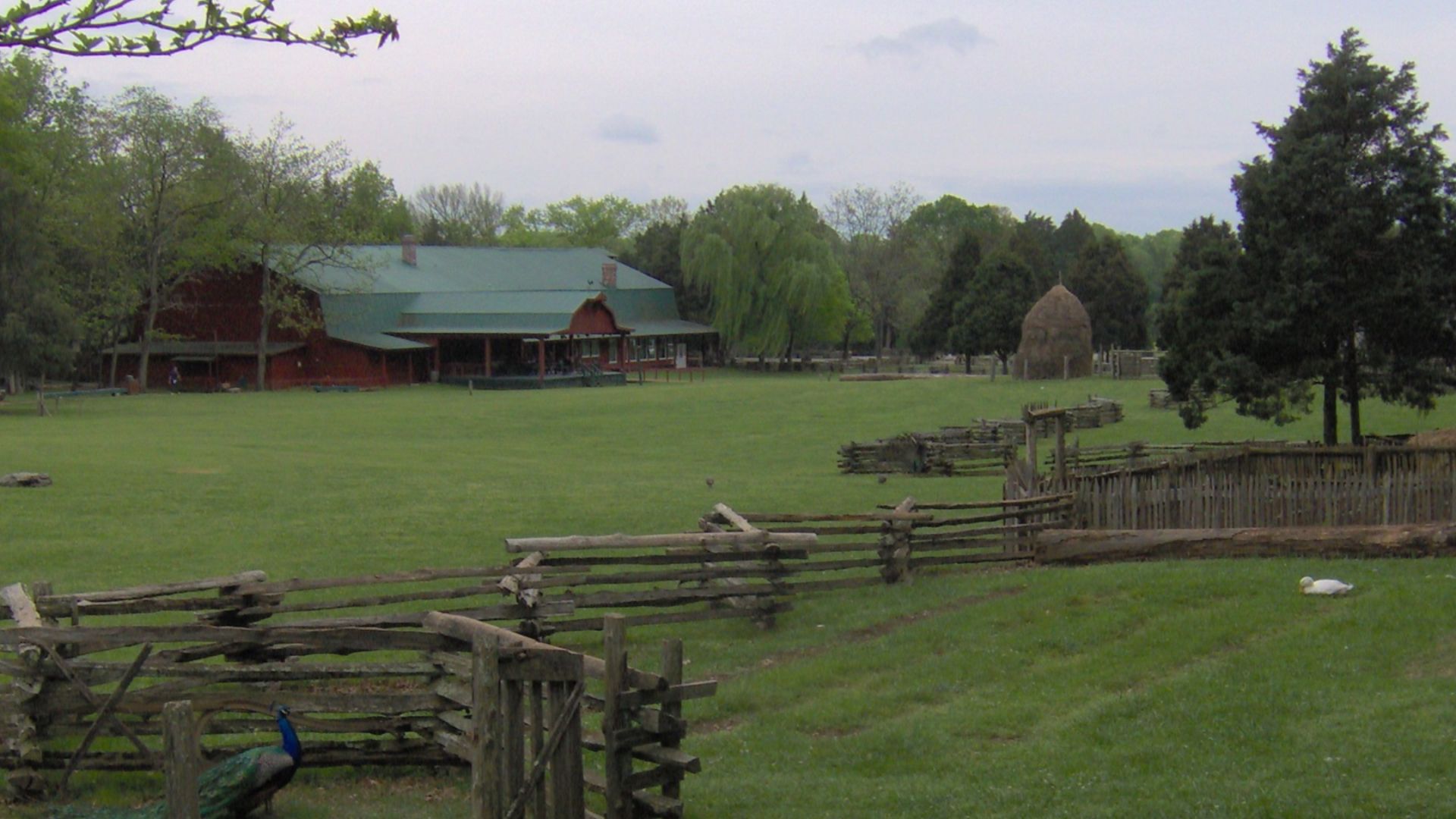 Brian Stansberry, Wikimedia Commons
Brian Stansberry, Wikimedia Commons
Spiritual Practices In A Community Of Blended Beliefs
Spirituality defied neat categories. Some practiced Baptist or Methodist faiths, while others merged Indigenous customs with Christian traditions. Family Bibles coexisted with folk charms, and sermons were sometimes followed by healing rituals passed down through generations. The church was often the one public space where Melungeons could gather without scrutiny.
Food Traditions That Mixed Worlds On A Single Plate
Culinary customs offer some of the clearest insights into their heritage. Their tables were filled with dishes that told a multicultural story: cornbread beside chocolate gravy, beans slow-cooked with unfamiliar spices, and foraged ingredients paired with heirloom recipes. These meals were survival fused with legacy.
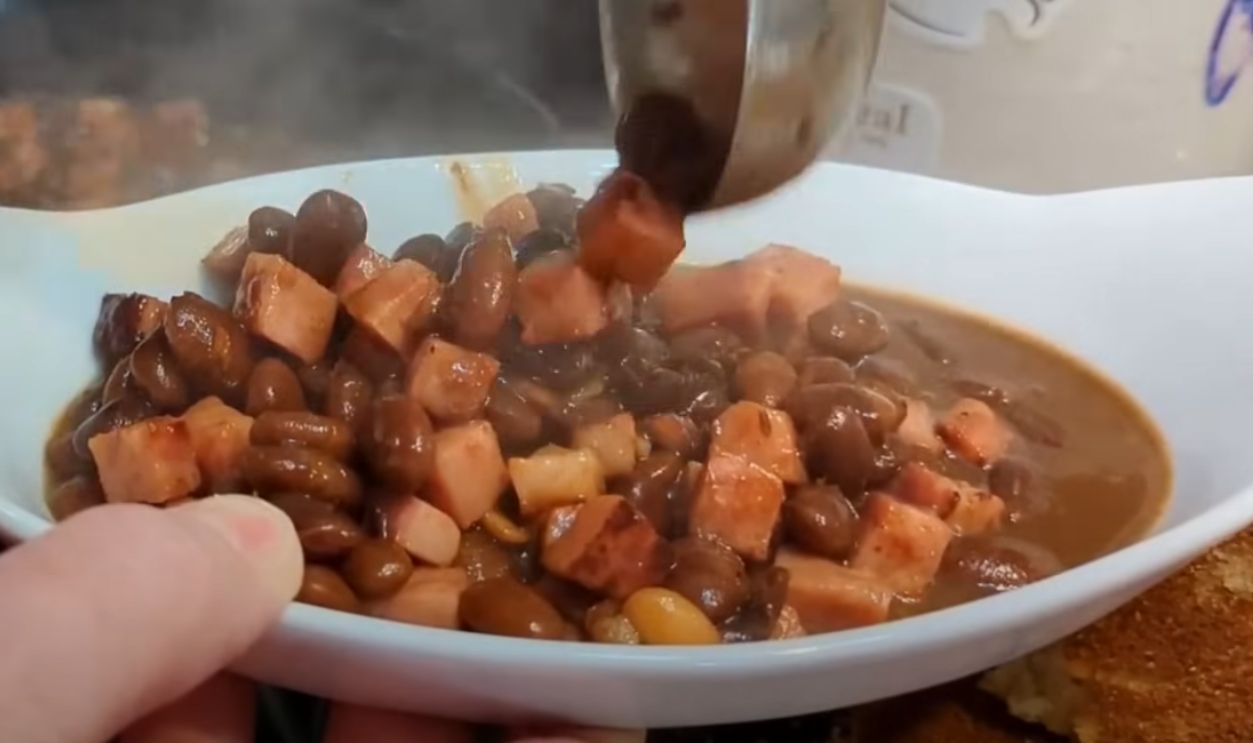 Beans and Cornbread - Old Fashioned - Southern Cooking by Collard Valley Cooks
Beans and Cornbread - Old Fashioned - Southern Cooking by Collard Valley Cooks
Homesteads On The Ridge
High on the ridges of Tennessee and Virginia, Melungeon homesteads stood as symbols of independence and separation. Built by hand, often from timber and stone, these dwellings were a declaration of autonomy. Far from townships and trading posts, families relied on themselves for food, medicine, education, and even justice.
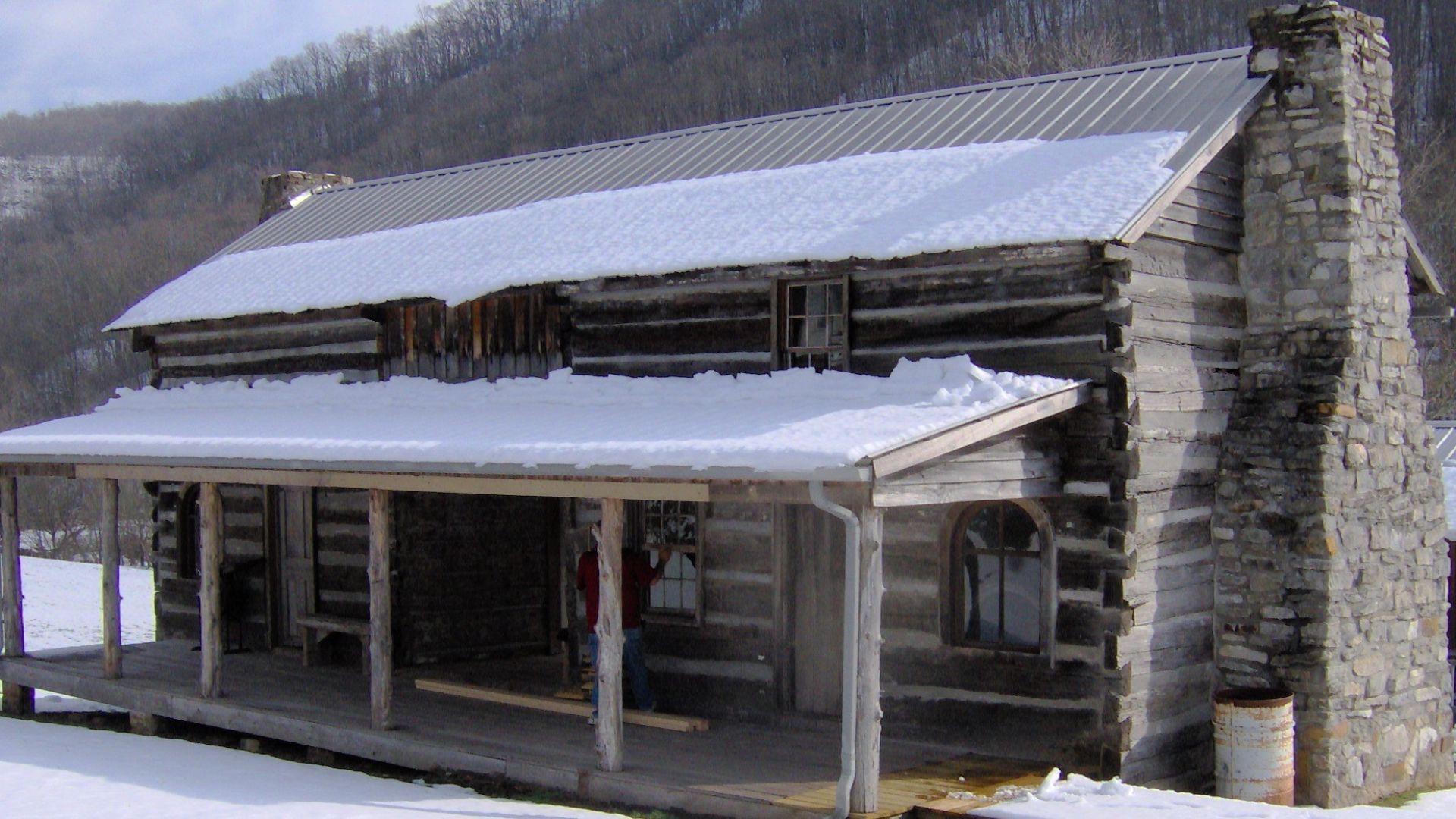 Brian Stansberry, Wikimedia Commons
Brian Stansberry, Wikimedia Commons
Oral Wisdom Passed Through Generations
Long before formal healthcare reached the mountains, families relied on knowledge passed from grandparent to grandchild. Healing came in the form of prayer circles and foraged roots. These remedies were accumulated in science born of necessity. Stories tied to weather and illness accompanied these traditions, shaping how generations understood their world.
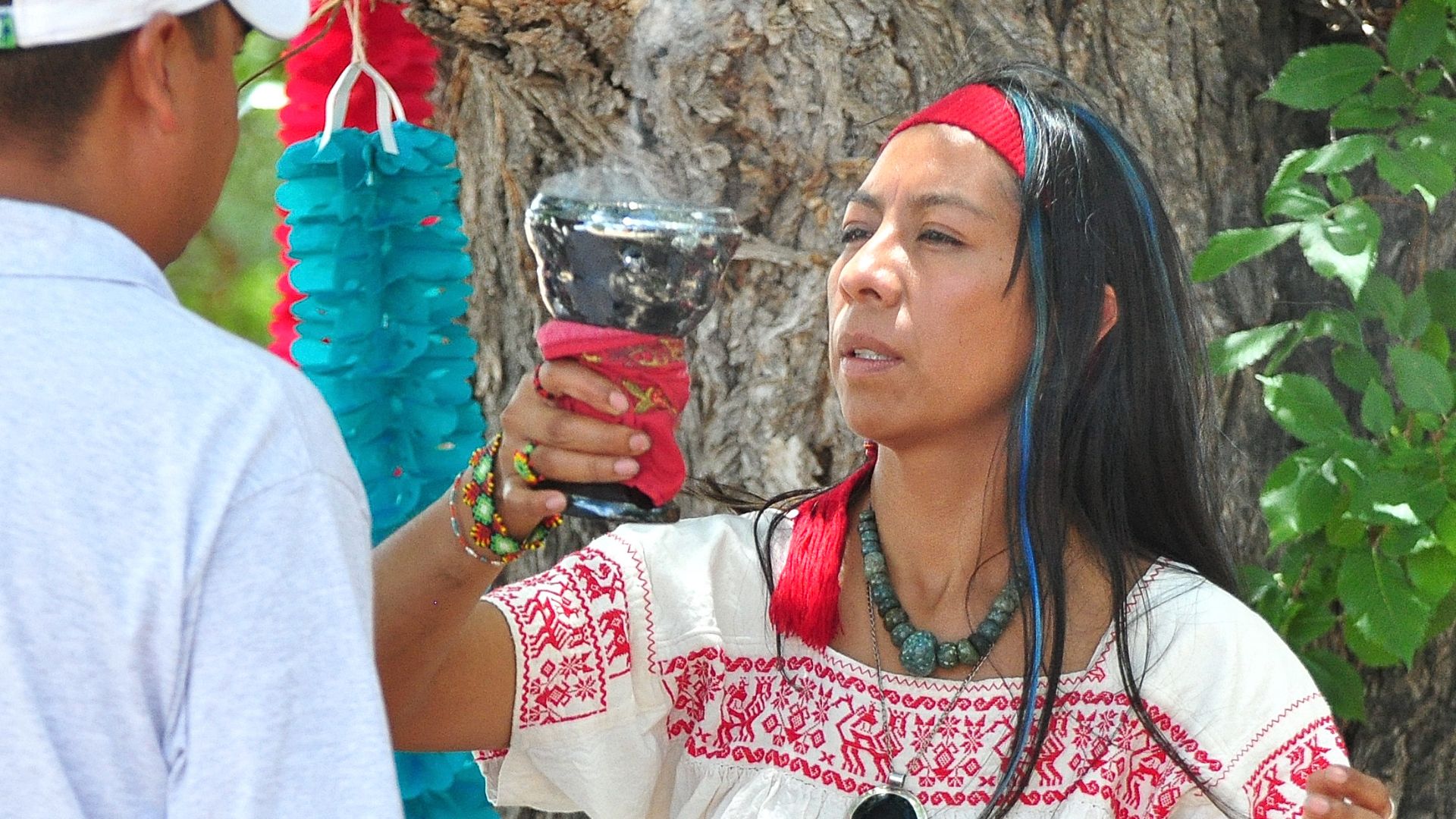 Larry Lamsa, Wikimedia Commons
Larry Lamsa, Wikimedia Commons
How They Faced Institutionalized Discrimination
Discrimination against Melungeons often crept. Denied equal access to courtrooms and property titles, many were shut out of public life by laws that never named them directly but affected them deeply. Legal ambiguity allowed local officials to shift classifications at will, often to the detriment of families.
Citizenship Under Siege
Racial reclassification often meant the sudden loss of civic participation, even for families who had voted for generations. Local registrars, backed by vague state laws, used skin tone or surname as grounds to strike names from the rolls. And though some Melungeons challenged these decisions, the battles were uphill and lonely.
The Racial Integrity Act And The Erasure Of Identity
Passed in Virginia in 1924, the Racial Integrity Act was a blow to every person who lived in the blurred spaces of identity. By mandating strict classifications, the law forced thousands into categories that denied their lineage. Melungeons found themselves reclassified as "colored". This one-word label carried social and legal fallout.
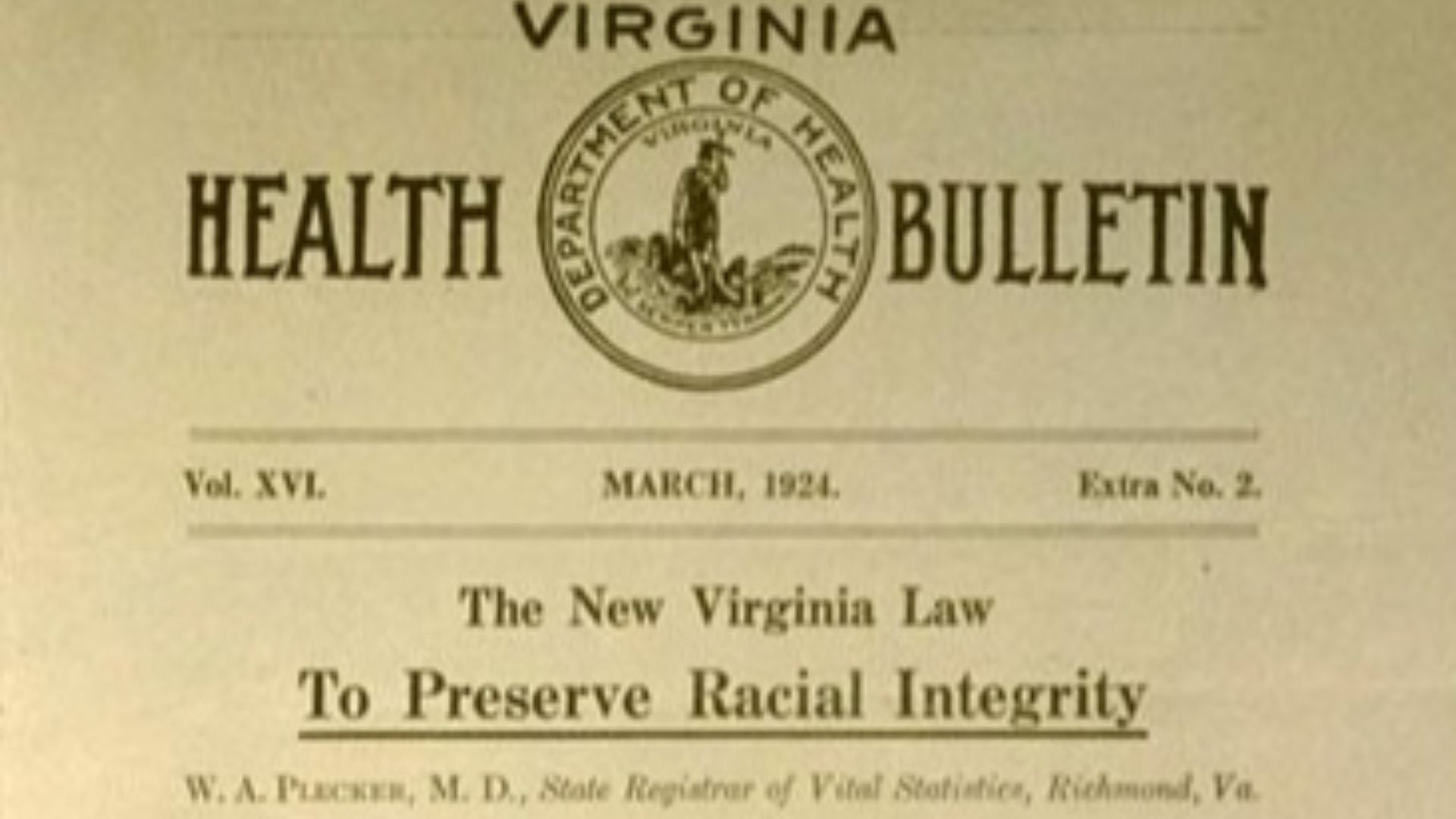 Virginia Archives, Wikimedia Commons
Virginia Archives, Wikimedia Commons
'Free People Of Color': A Label With Consequences
In the 18th and 19th centuries, being labeled a "free person of color" came with restrictions that reached far beyond skin tone. This designation, often imposed without consent, could mean limits on land ownership, marriage, education, and even movement. It marked a person as suspect, regardless of behavior or belief.
School Segregation And The Fight For Equal Education
Access to education was negotiated. In communities where they were classified as "colored," children were barred from white schools, often without alternative institutions in place. Some families walked miles to makeshift classrooms, while others taught at home. In some regions, children slipped quietly into white schools by keeping their backgrounds secret.
The Gossip That Shaped Public Perception
Outside the ridges, rumors about the Melungeons became legends. Stories spoke of exotic origins and dark magic passed down through generations. These people were called everything from descendants of shipwrecked Spaniards to escaped slaves with mystical powers. None of these claims held up under scrutiny, but they were stuck.
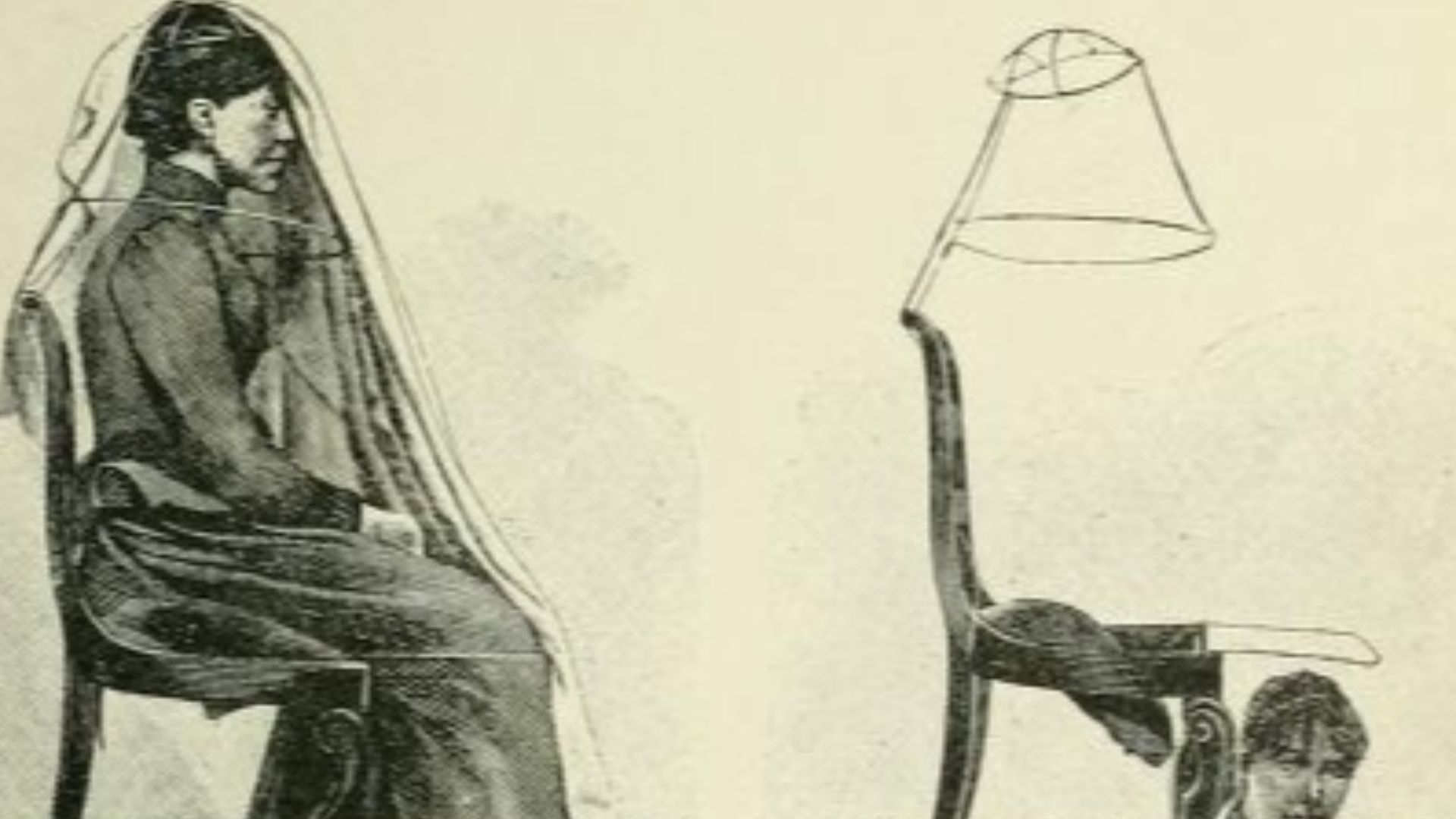 Open Knowledge Foundation Deutschland from Deutschland, Wikimedia Commons
Open Knowledge Foundation Deutschland from Deutschland, Wikimedia Commons
How Newspapers Made The Mystery Deeper
Newspapers seized upon the enigma of the Melungeons with sensational headlines and half-truths in the late 19th and early 20th centuries. Articles described them as "strange" and "peculiar," often focusing more on appearance than history. Journalists, sometimes well-meaning and often exploitative, visited Appalachian communities to extract stories that sold papers, not truth.
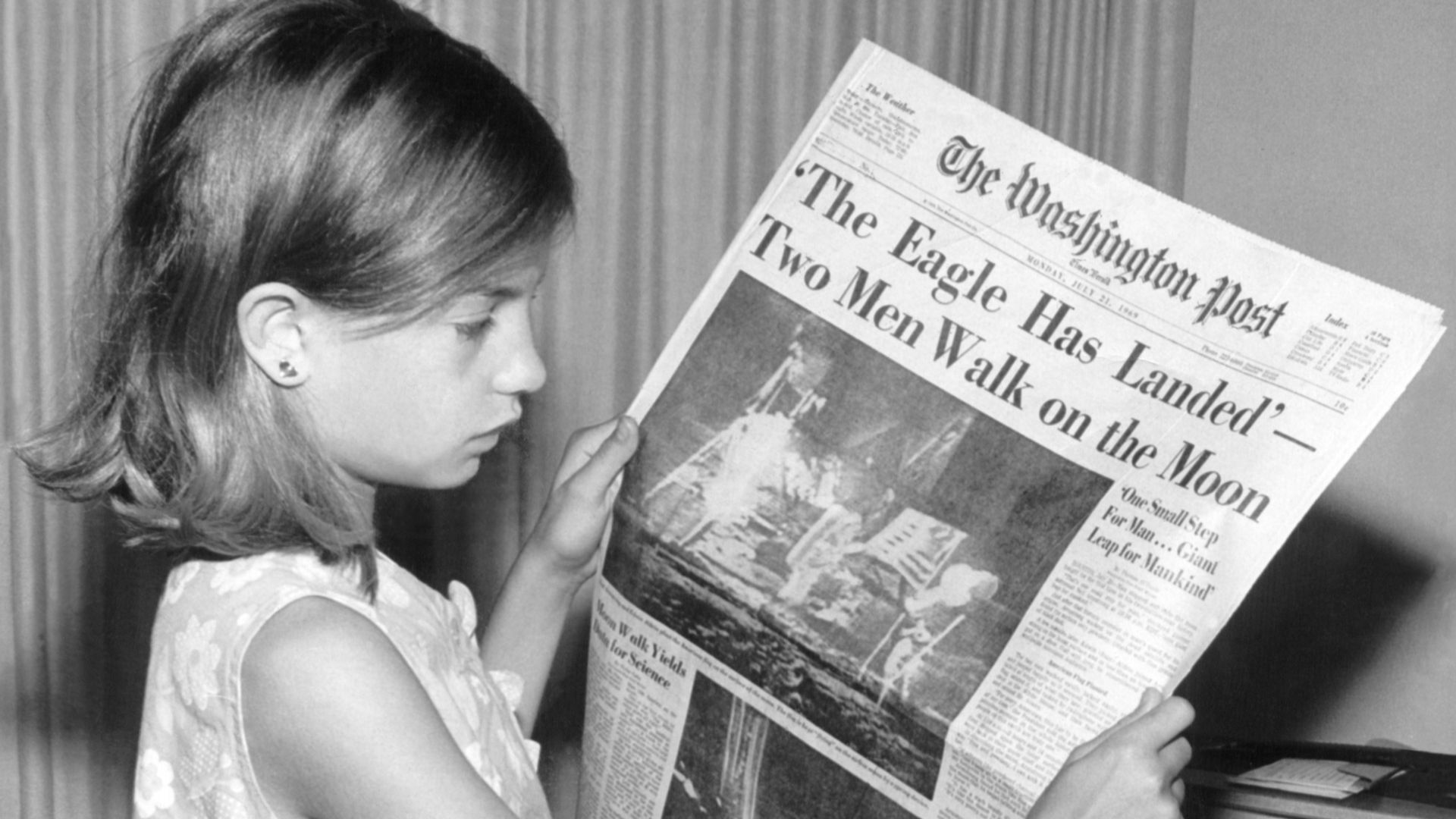 Jack Weir (1928-2005), Wikimedia Commons
Jack Weir (1928-2005), Wikimedia Commons
Early Fictionalized Accounts That Blurred The Truth
They found their way into early American fiction but rarely as fully realized people. In many novels, they became symbols of mystery or tragic romance. Writers often exaggerated physical features or concocted improbable backstories that bore little resemblance to reality. These portrayals influenced how readers perceived Melungeons in real life.
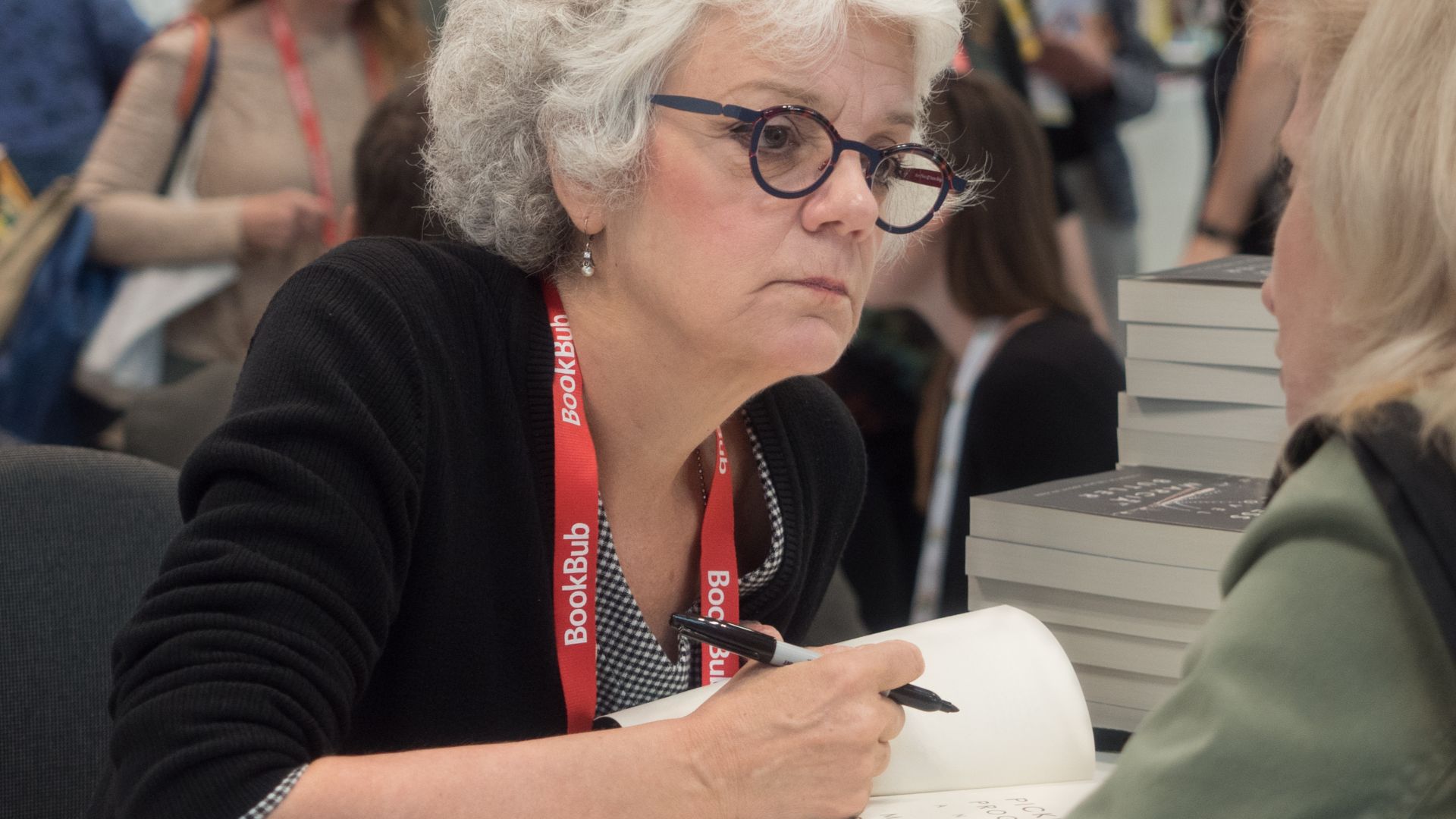 Rhododendrites, Wikimedia Commons
Rhododendrites, Wikimedia Commons
Hollywood's Silence And Appalachia's Stereotypes
Unlike other marginalized groups who eventually found screen time, Melungeons remained largely invisible in Hollywood. The entertainment industry favored more familiar narratives like urban racial tension or frontier myths that excluded tri-racial communities. Appalachia itself was often portrayed as backward or violent, reducing complex cultures into hillbilly tropes.
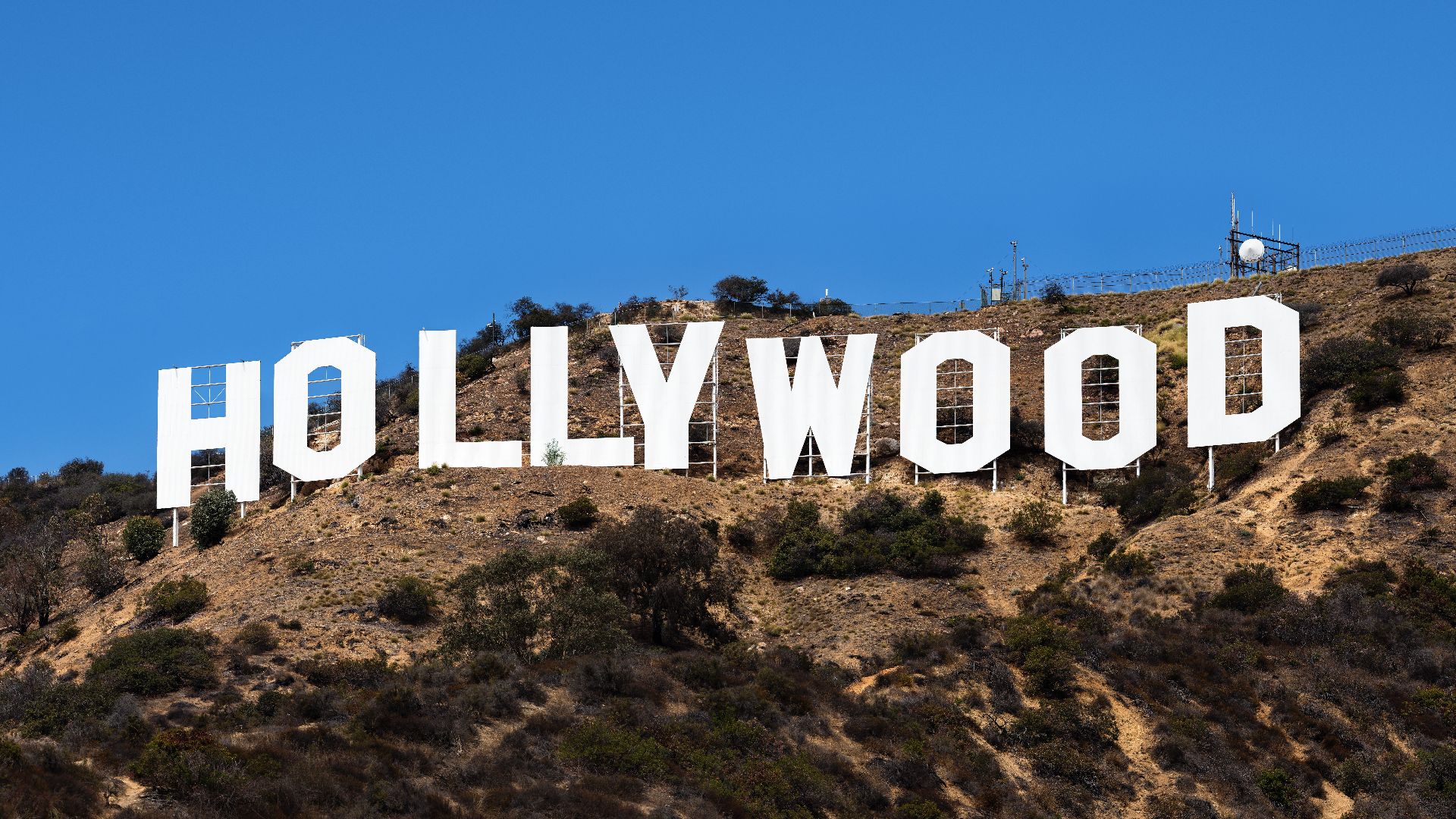 Thomas Wolf, www.foto-tw.de, Wikimedia Commons
Thomas Wolf, www.foto-tw.de, Wikimedia Commons
When Science Met Legend
The first scientific attempts to decode ancestry arrived long after rumors had taken root. Early researchers used blood typing and physical anthropology to resolve long-standing debates with hard data. These studies were limited, but they marked a turning point. Science challenged folklore and gave descendants a new way to understand themselves.
 OIST from Onna Village, Japan, Wikimedia Commons
OIST from Onna Village, Japan, Wikimedia Commons
Unexpected Truths And New Questions
Modern DNA testing revolutionized the story. Genetic markers revealed ancestries that included sub-Saharan African, Indigenous American, and European roots—often all in the same family line. Some individuals who had long claimed Portuguese descent discovered African ancestry; others found Native lineage where they had expected none.
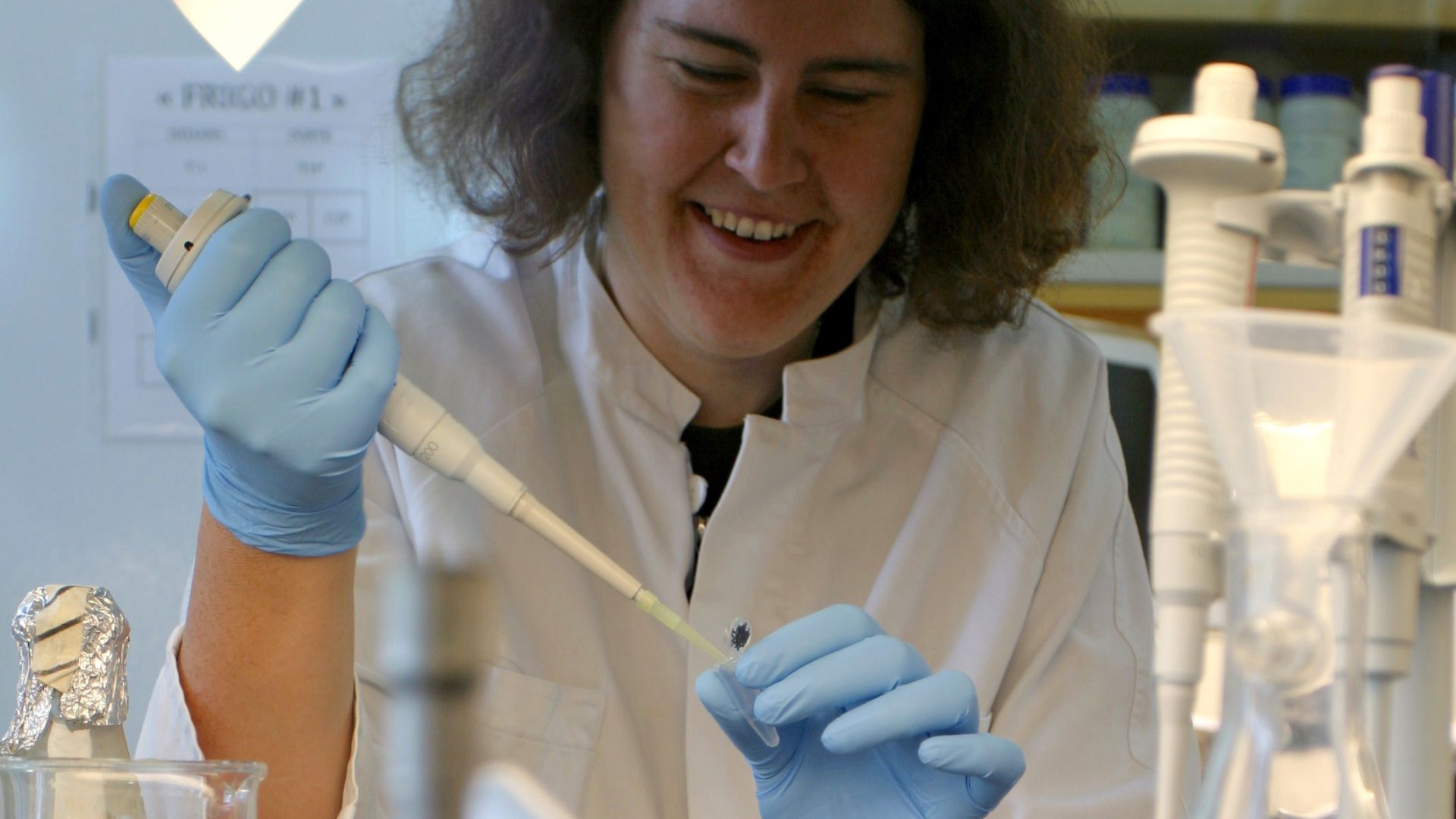 Marc-Lautenbacher, Wikimedia Commons
Marc-Lautenbacher, Wikimedia Commons
The Debate Over Identity In The Age Of Ancestry Kits
The rise of commercial DNA tests created clarity and tension among descendants. Some embraced their newly revealed backgrounds with pride, while others struggled to reconcile scientific data with long-held family narratives. For a people long defined by the world's misunderstanding, this kind of precision came with risks.
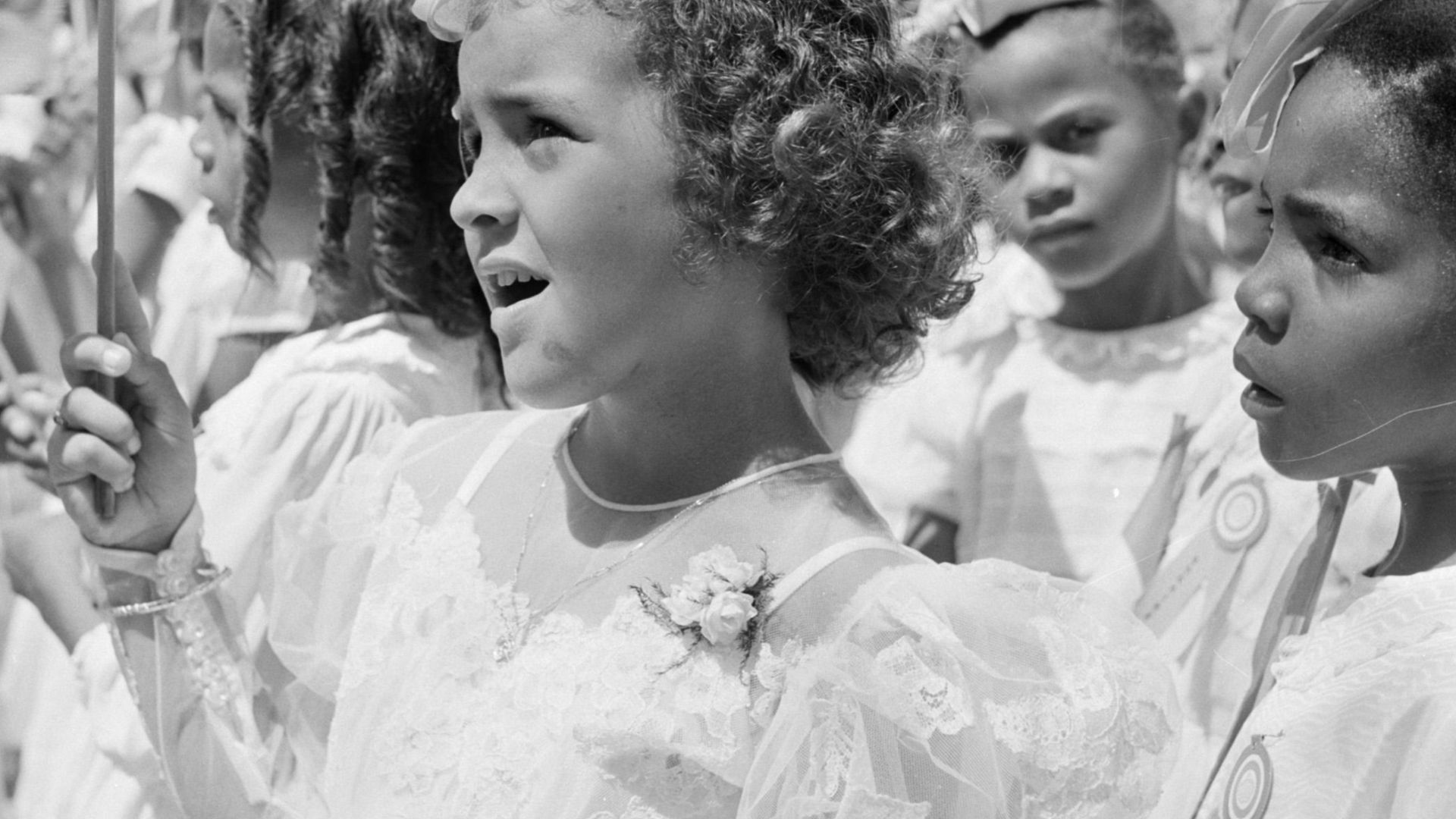 Willem van de Poll, Wikimedia Commons
Willem van de Poll, Wikimedia Commons
Health Clues In The Genome
Researchers found a higher-than-average presence of certain conditions, including Familial Mediterranean Fever—a rare inflammatory disease more common in populations from the Middle East. This discovery reignited speculation about Ottoman or Iberian roots with no solid proof but helped families pursue early diagnoses and better care.
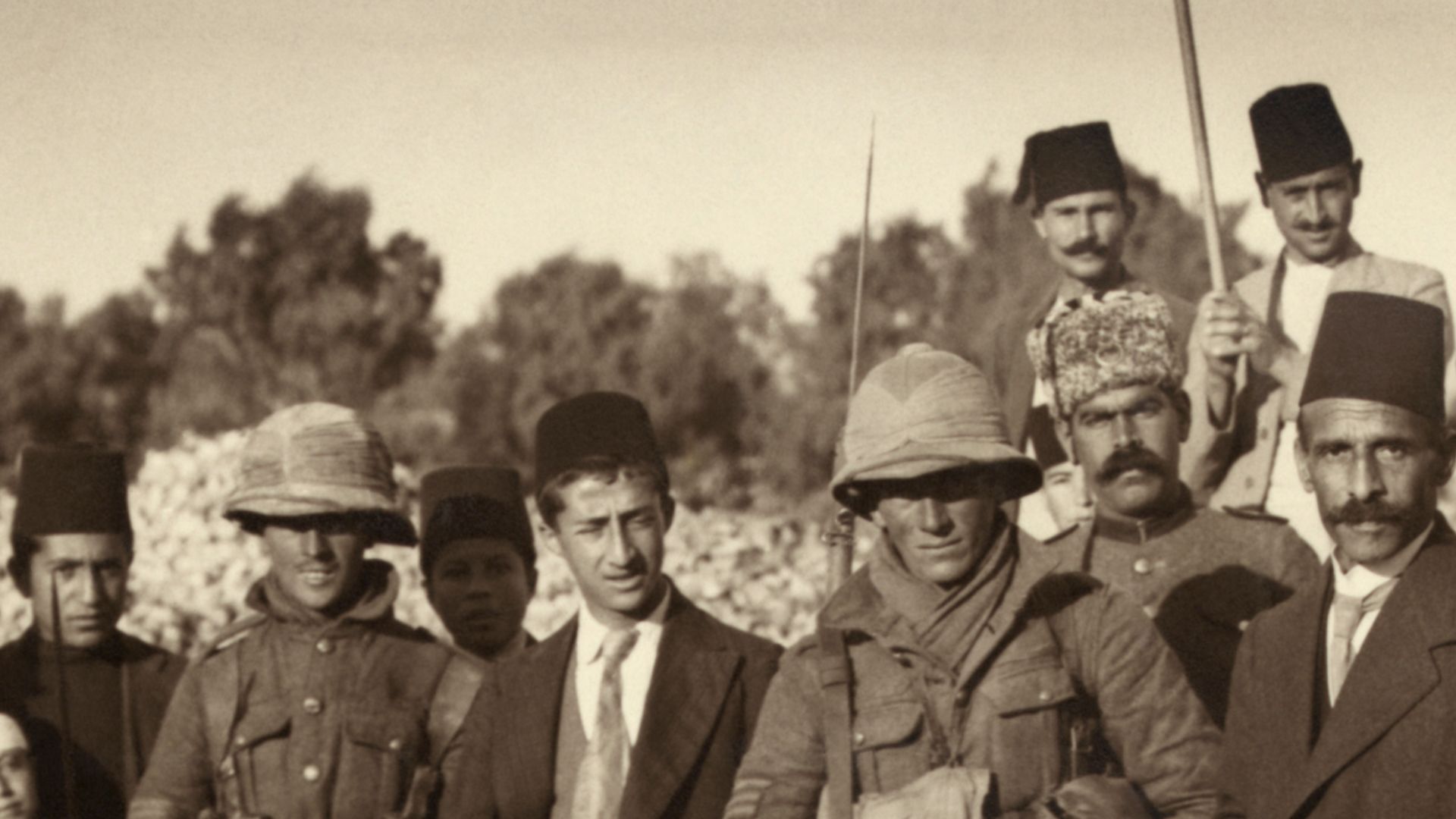 Lewis Larsson, Wikimedia Commons
Lewis Larsson, Wikimedia Commons
Brent Kennedy And The Awakening Of A People
Few individuals did more to revive public interest in the Melungeons than Brent Kennedy. His 1994 book, The Melungeons: The Resurrection of a Proud People, sparked conversation across Appalachia and beyond. Kennedy proposed bold theories of Mediterranean ancestry and challenged decades of silence.
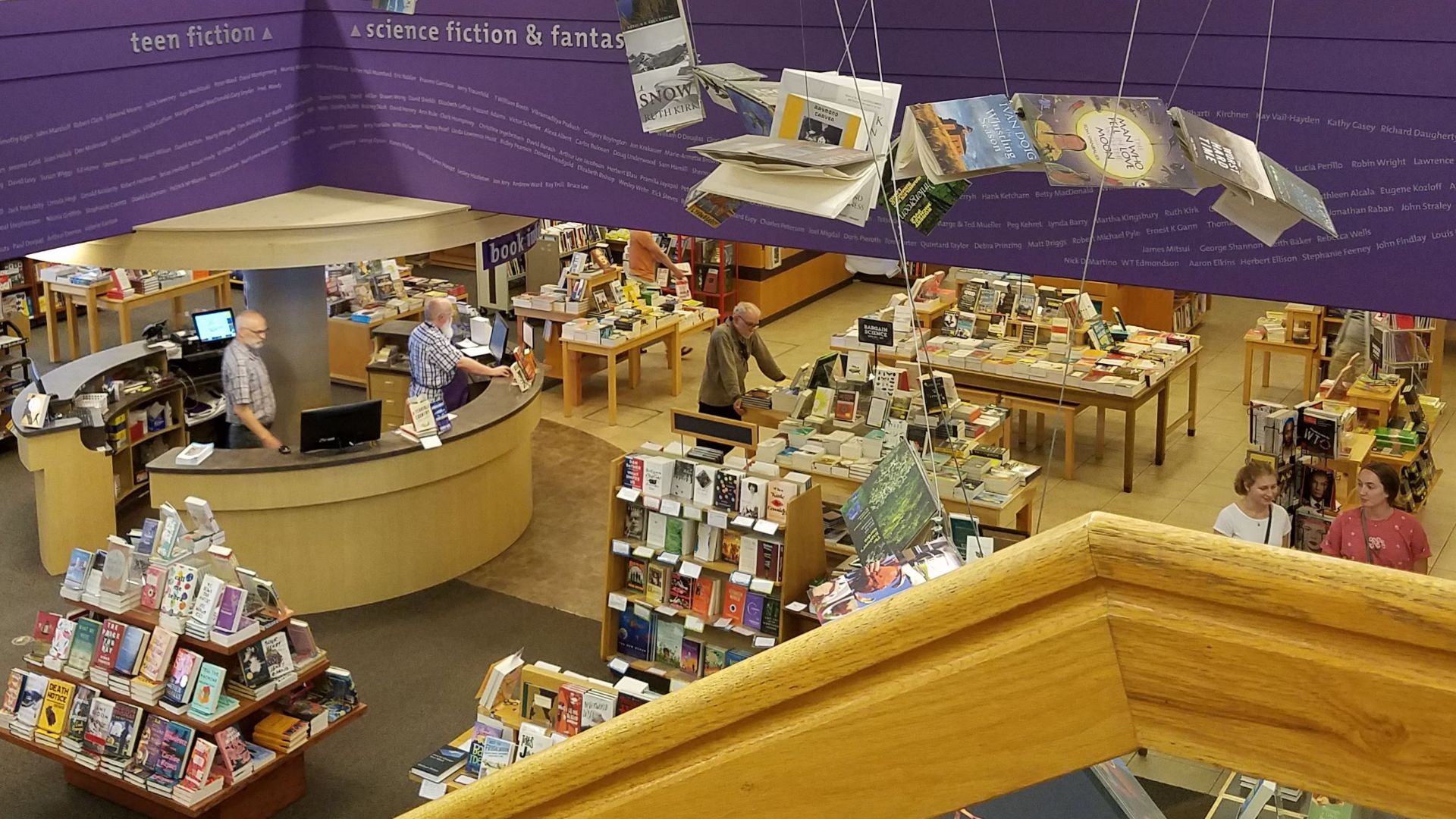 Mark Yasuda, Wikimedia Commons
Mark Yasuda, Wikimedia Commons
The Melungeon Heritage Association's Fight To Be Seen
In 1997, a group of scholars and descendants formed the Melungeon Heritage Association (MHA) to reclaim and protect a history often misrepresented or forgotten. Through archival projects and storytelling events, the MHA gave them a platform to speak for themselves and become authors of their own legacy.
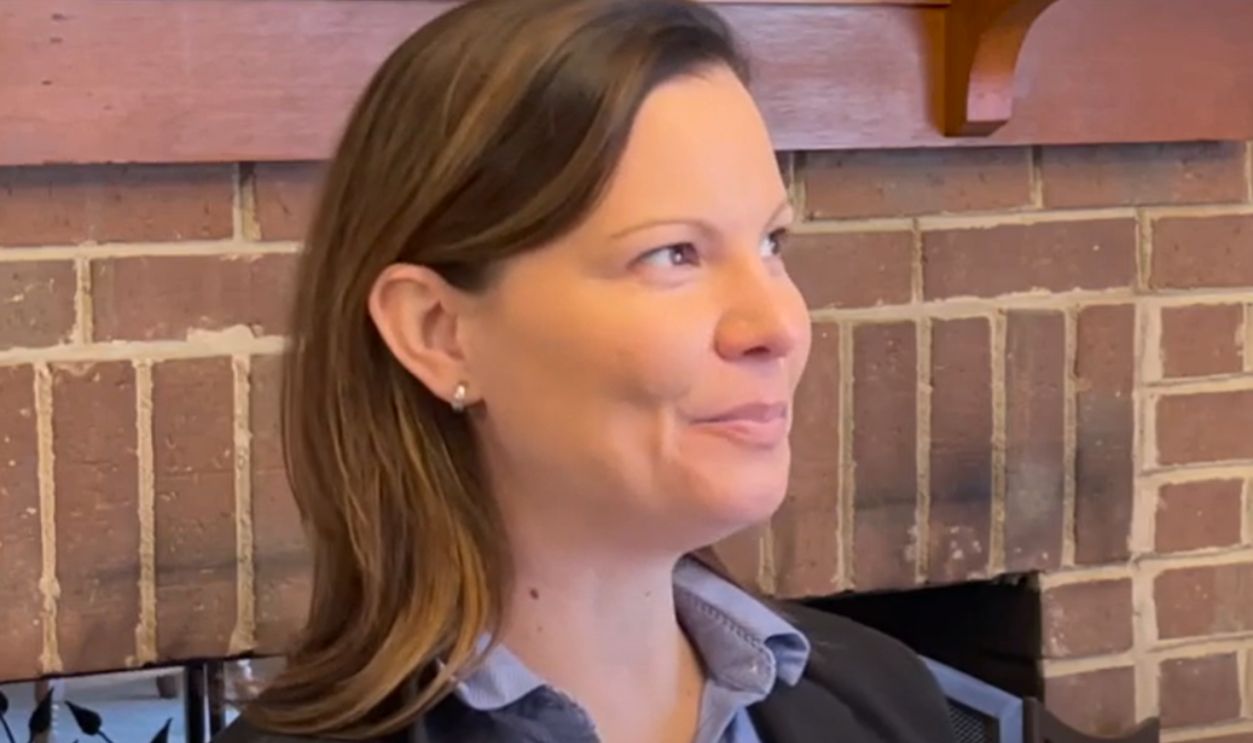 A New Voice | Heather Andolina | NGS 2021 SLAM! Idea Showcase by National Genealogical Society
A New Voice | Heather Andolina | NGS 2021 SLAM! Idea Showcase by National Genealogical Society
Annual Gatherings That Celebrate A Reclaimed Past
Each year, descendants gather in the Appalachian region to share stories and deepen their connection to a shared past. These events, often hosted by the MHA, mix academic presentations with cultural celebrations—music, food, crafts, and personal history. Attendees challenge the shame and confusion that once surrounded the Melungeon name.
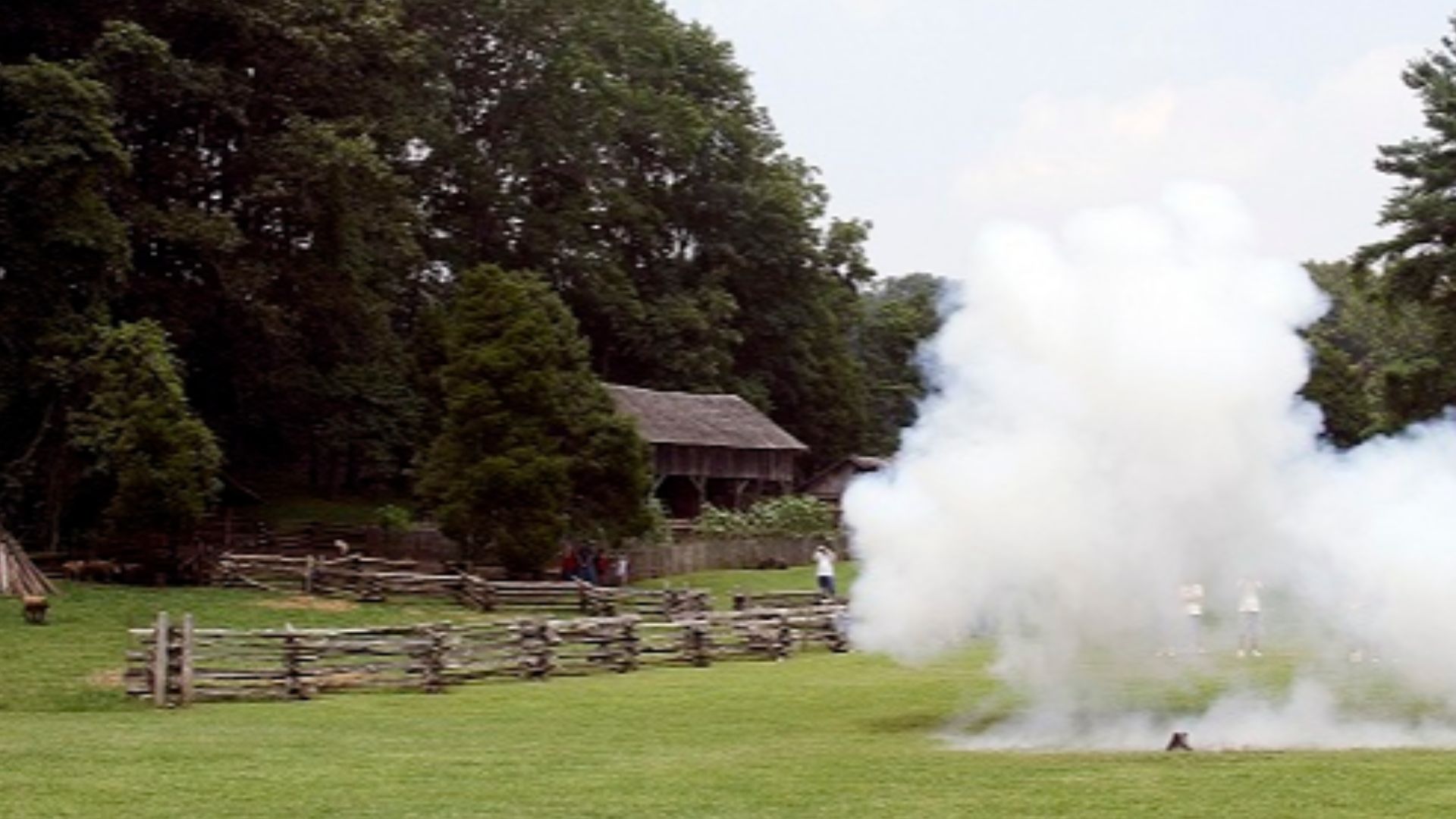 Willmeyer1020, Wikimedia Commons
Willmeyer1020, Wikimedia Commons
Why Some Embrace The Label—And Others Don't
Not everyone with Melungeon roots accepts the identity with open arms. For some, the term carries painful associations with past discrimination. Others fear that embracing heritage may disrupt carefully guarded family narratives. At the same time, many find pride, especially when it's grounded in personal research and connection.
Pride And The Digital Renaissance
The internet transformed research from a lonely endeavor into a community-wide collaboration. Message boards and genealogy websites empowered individuals to trace lineages once buried in handwritten court records or fading Bible pages. Digital records confirmed oral traditions but also sparked new debates about who gets to claim the label.
 Become A Digital Renaissance Man (And Join The New Rich) by Dan Koe
Become A Digital Renaissance Man (And Join The New Rich) by Dan Koe
Are There Other 'Hidden' Peoples?
Across the United States, other communities mirror the Melungeon experience: groups like the Redbones of Louisiana, Brass Ankles of South Carolina, and the We-Sorts of Maryland. Each shares a story of mixed ancestry and legal exclusion. These groups often survived by blending in or disappearing entirely from official records.
The Lumbee, Redbone, And Brass Ankles: Kindred Histories
These forgotten communities have faced parallel struggles marked by mixed ancestry, misclassification, and survival in the margins of society. They have challenged census categories and preserved unique cultural traditions despite widespread erasure. Together, they form a broader mosaic of American identity.
Lessons From The Melungeons In Today's Identity Debates
Now that ancestry tests and identity politics dominate headlines; the Melungeons remind us that heritage is shaped by memory and environment. Their experience shows how society enforces identities as much as it recognizes them, often to exclude rather than include them. This story challenges us to recognize the richness found in blurred boundaries.
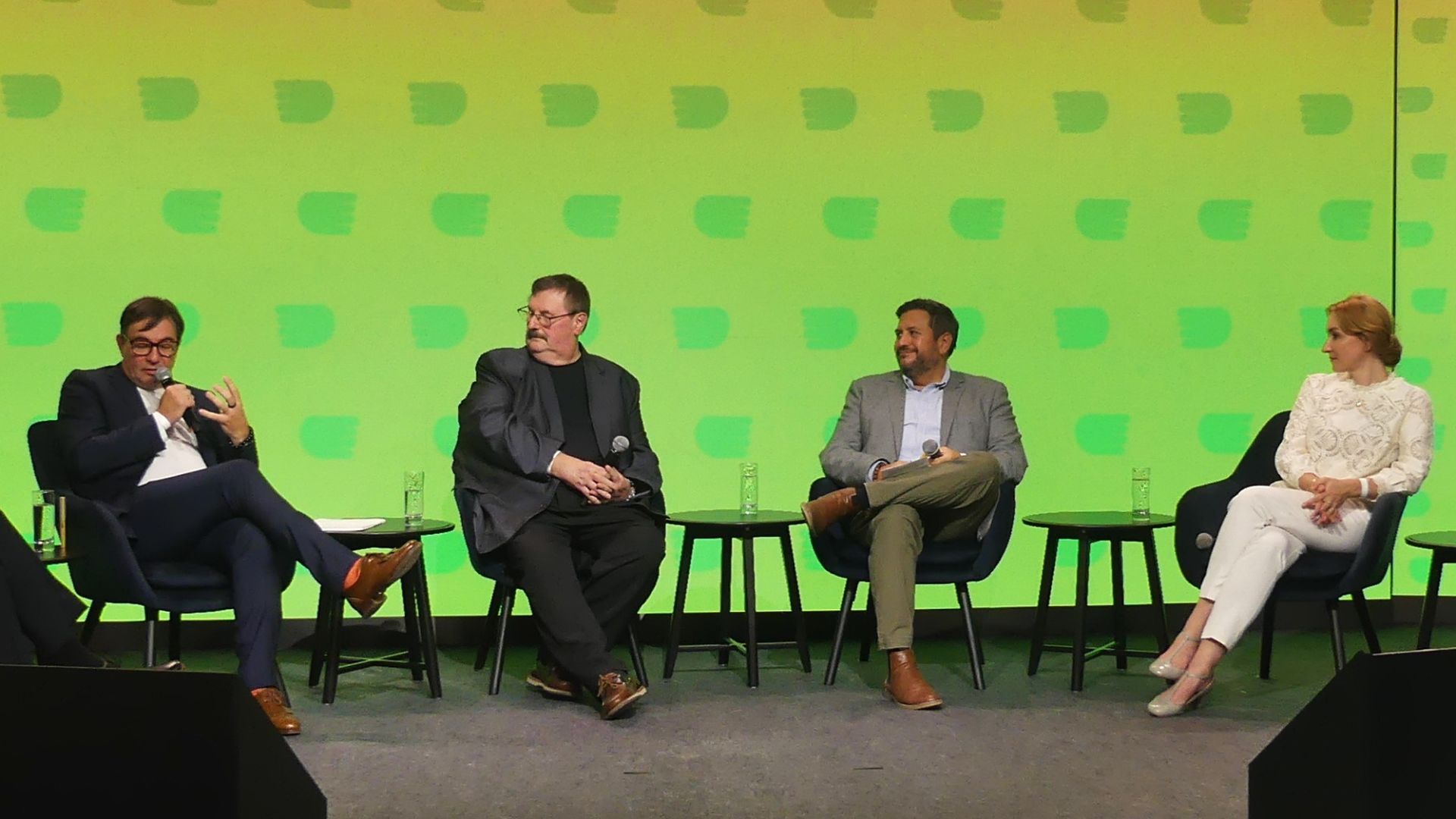 Elekes Andor, Wikimedia Commons
Elekes Andor, Wikimedia Commons
The Legacy Of Exclusion And The Power Of Belonging
Generations were stripped of rights and labeled with terms they never chose. Yet, through endurance and connection, they built something lasting. In reclaiming traditions and truths, they have reasserted their place in American history. For every person who was told their story doesn't fit, the Melungeons answer: it still matters.
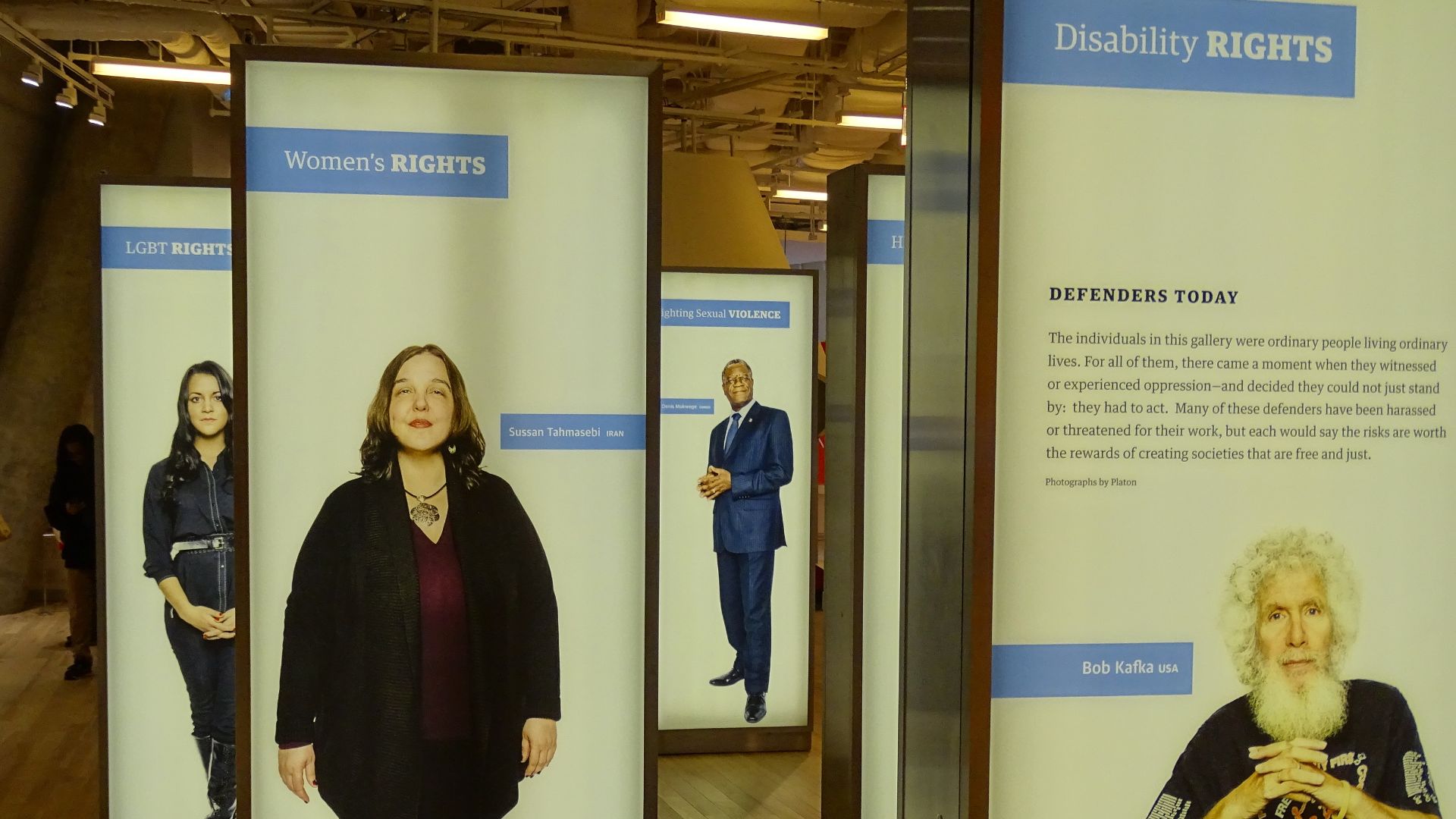 Adam Jones from Kelowna, BC, Canada, Wikimedia Commons
Adam Jones from Kelowna, BC, Canada, Wikimedia Commons
Why The Melungeons Matter Now More Than Ever
Today's world is hungry for belonging and truth, the Melungeons offer both. Their history asks us to question how we define ourselves and others, and what gets lost when those definitions are too narrow. As more Americans explore their roots, the Melungeons remind us that ancestry is not always linear.

